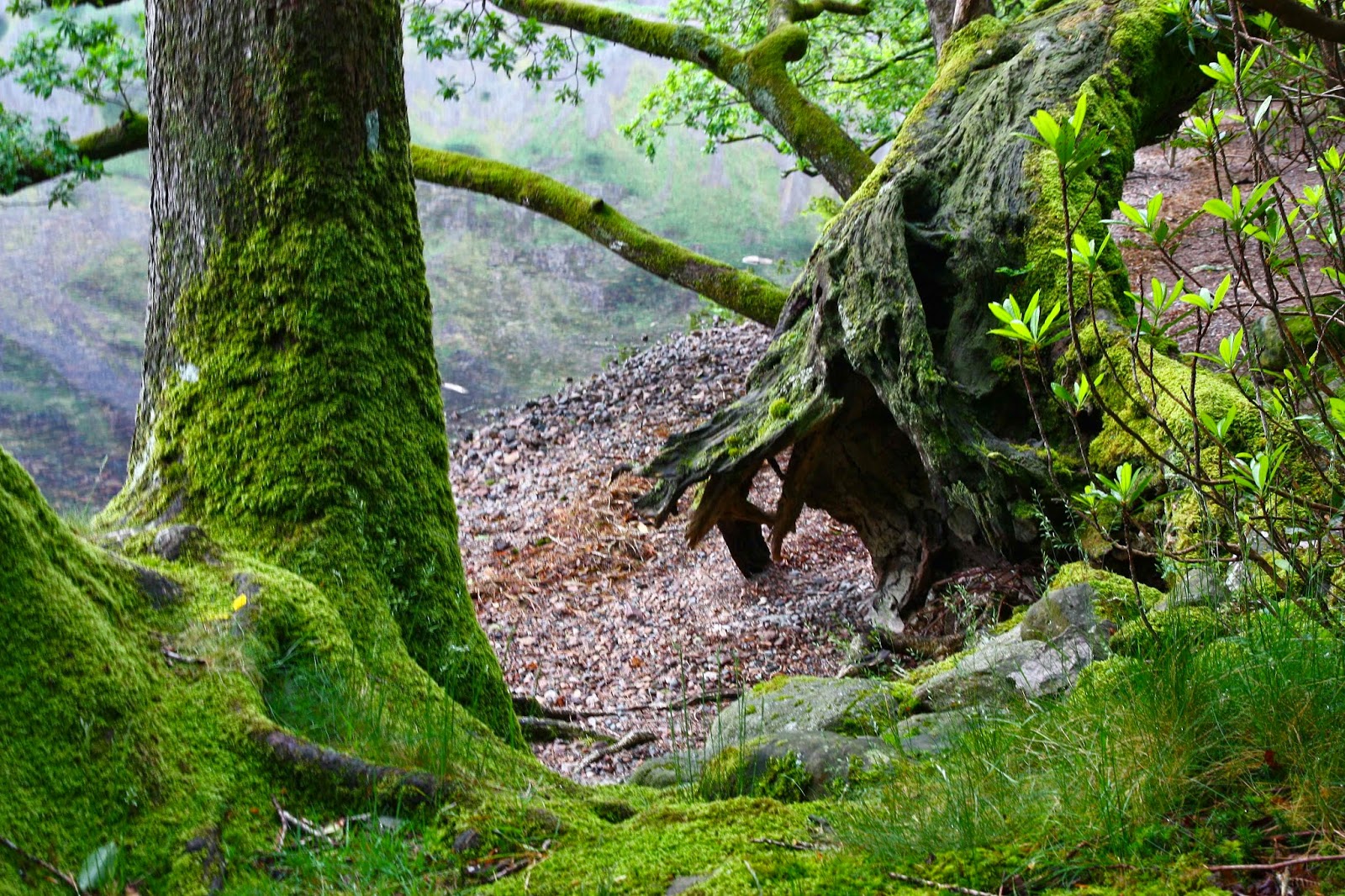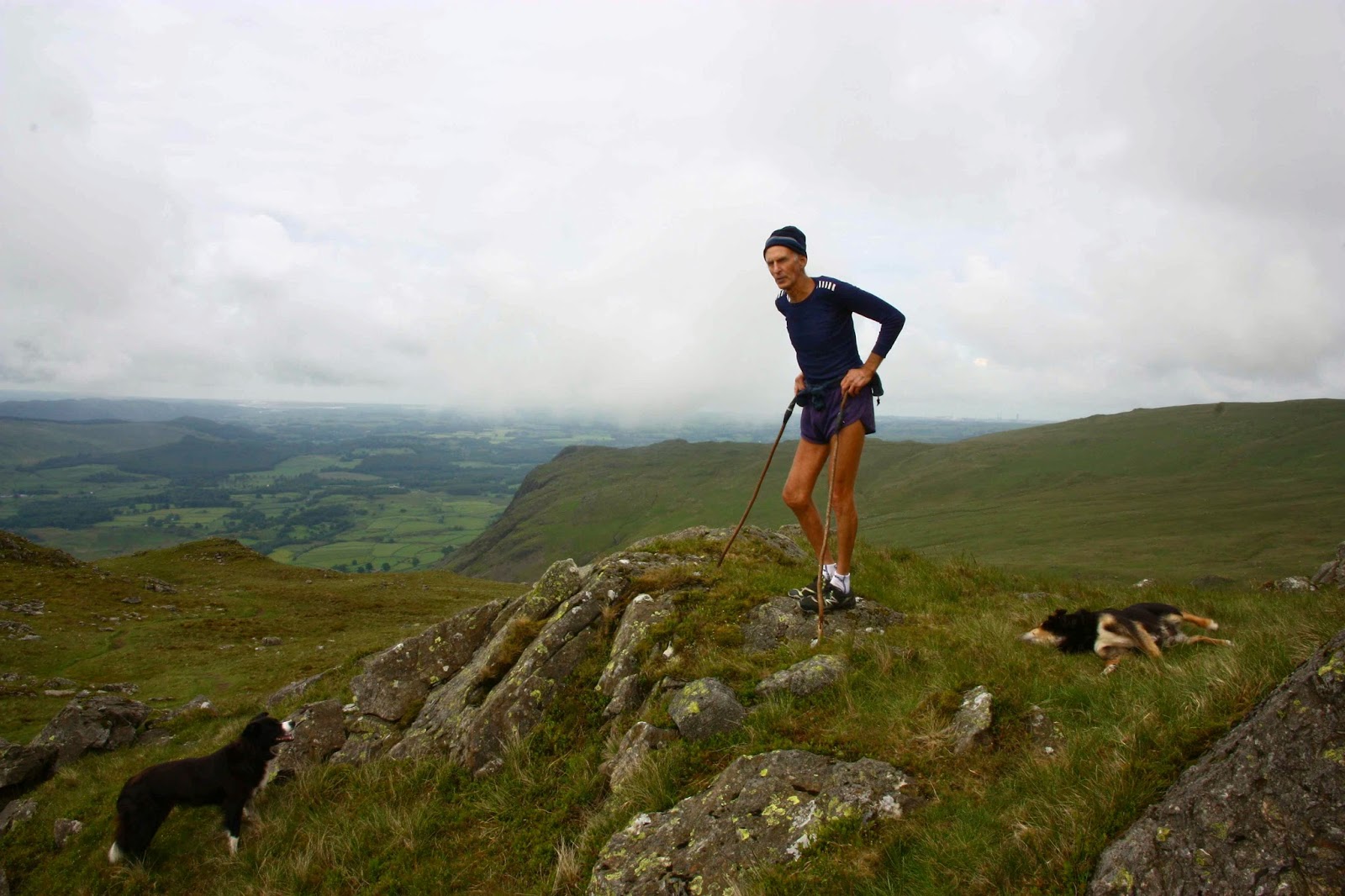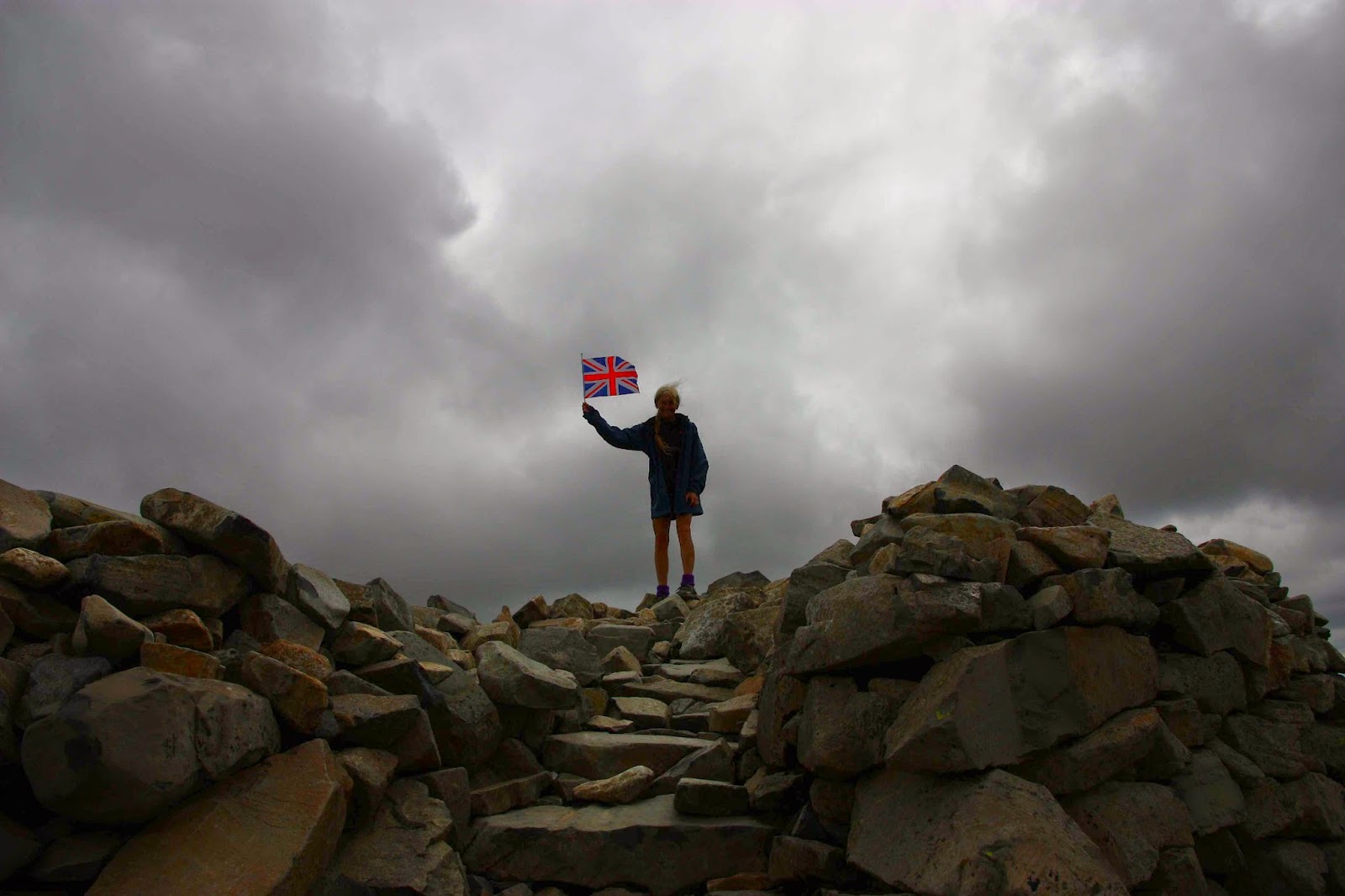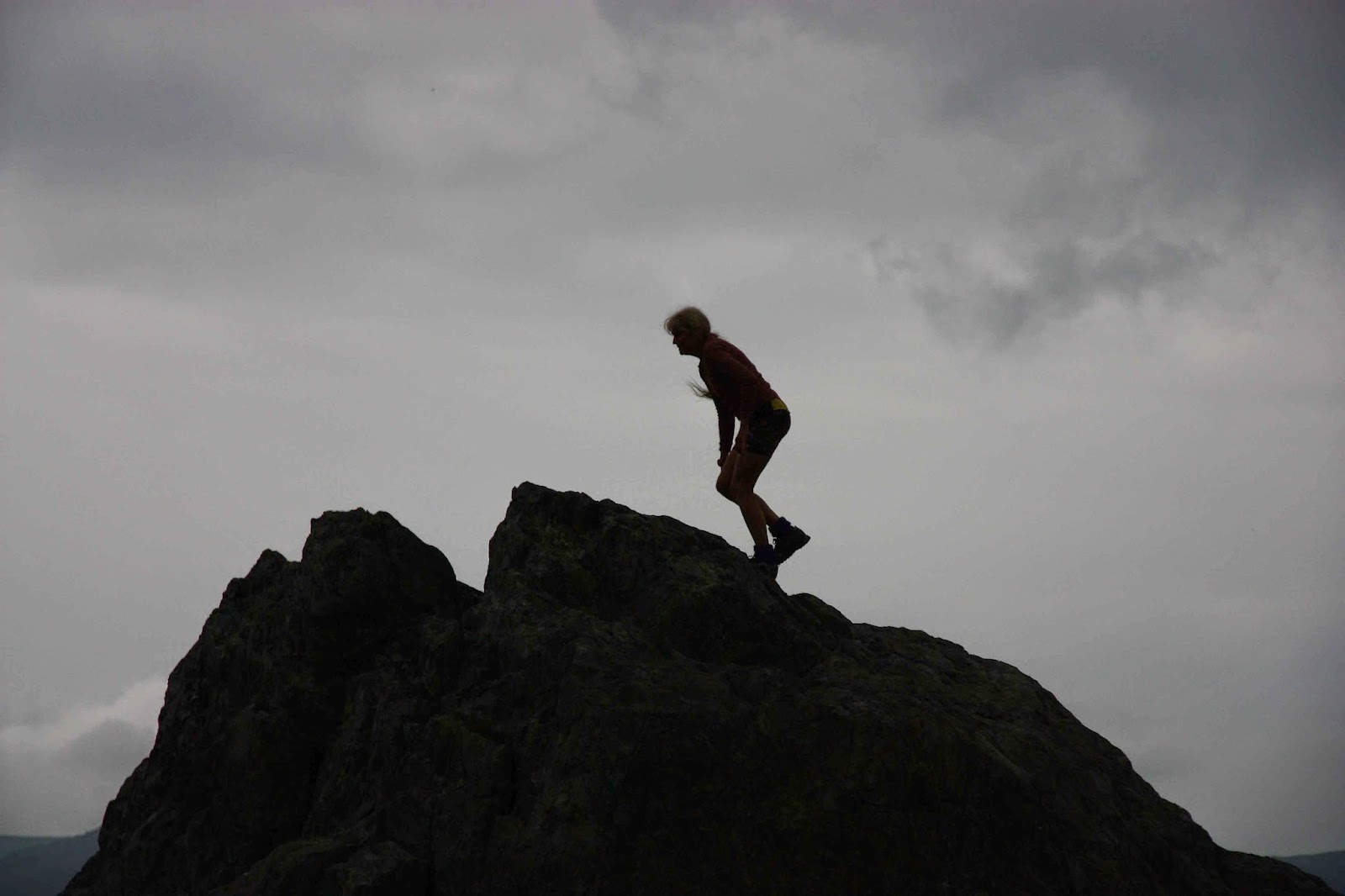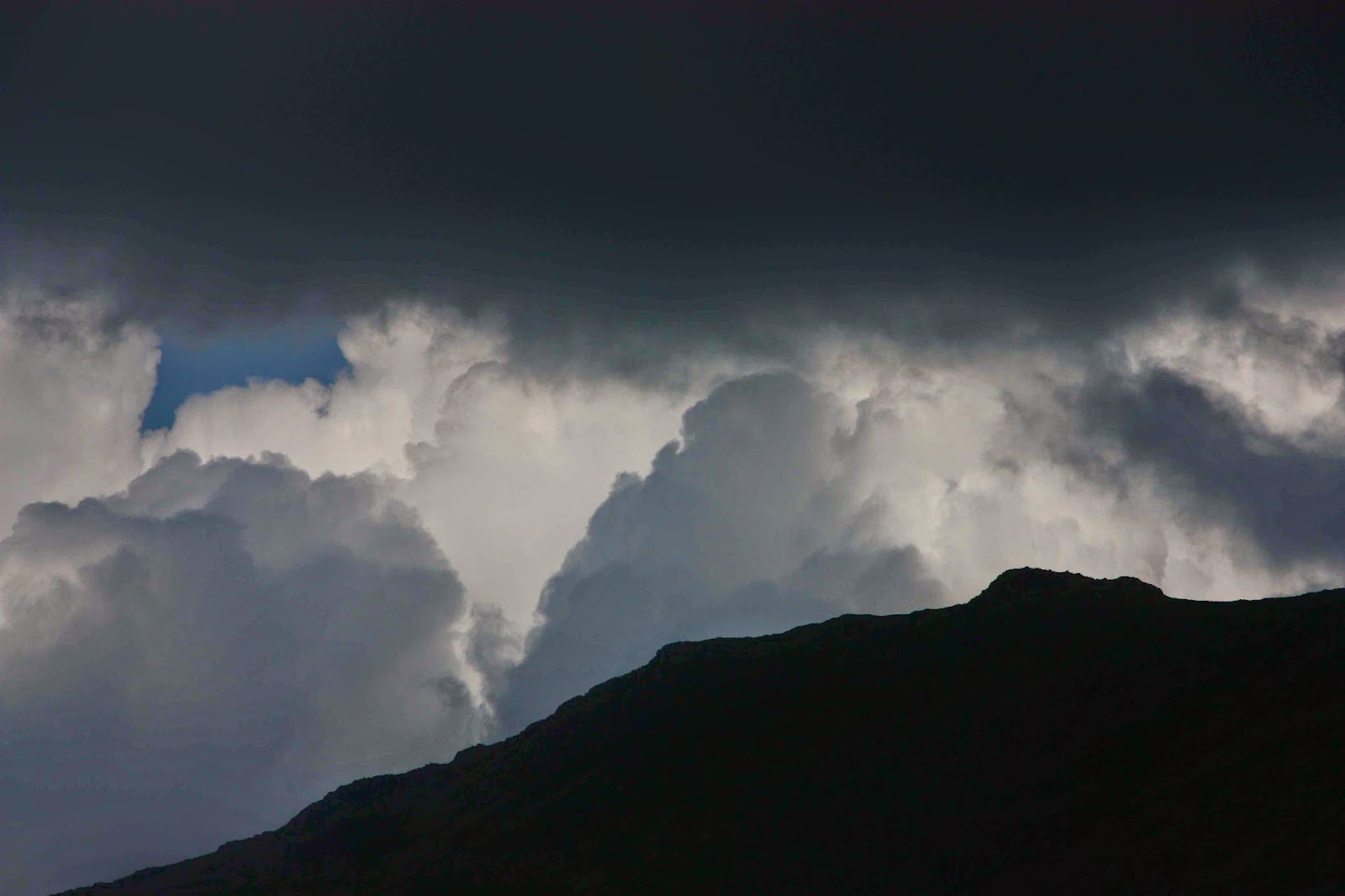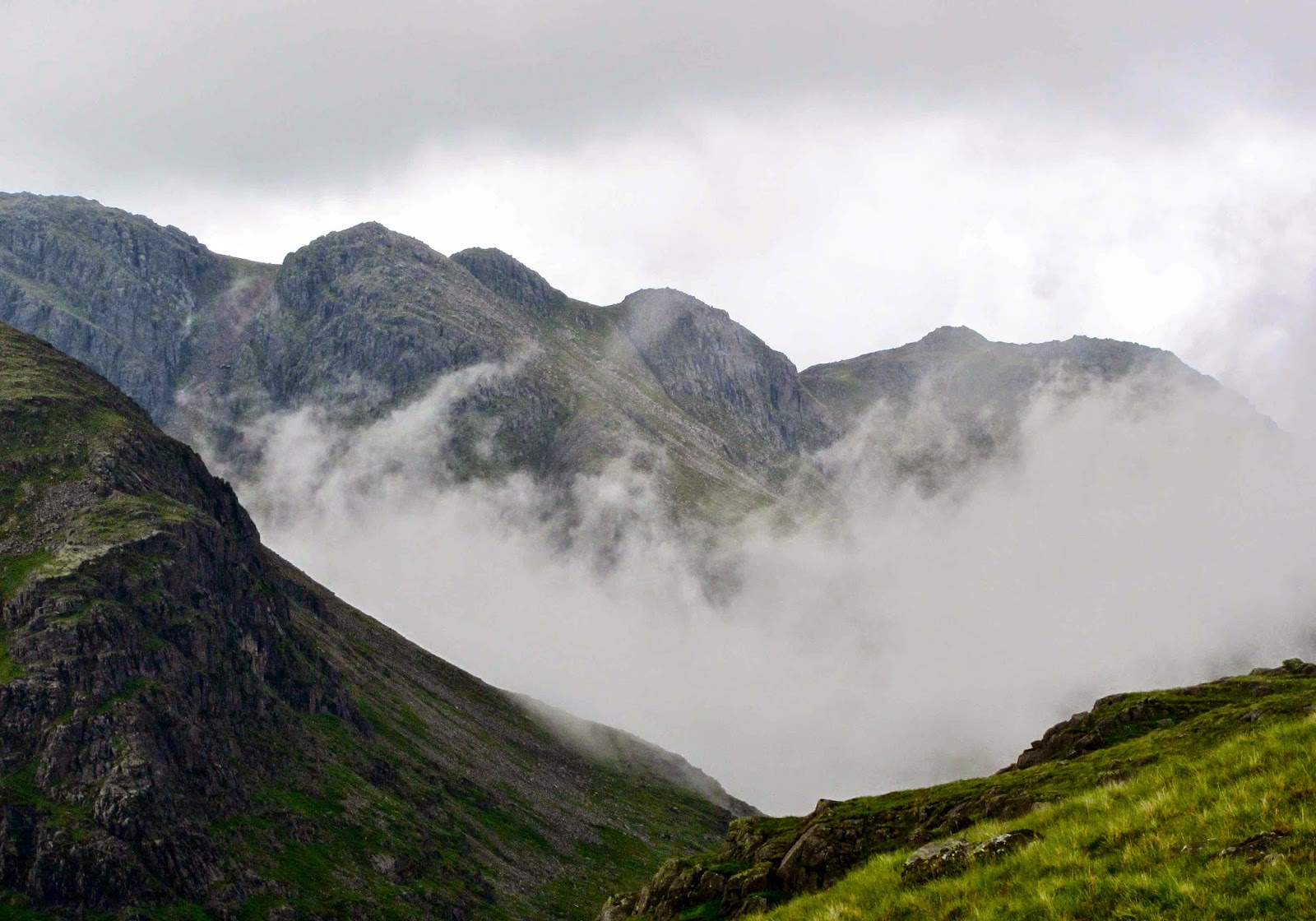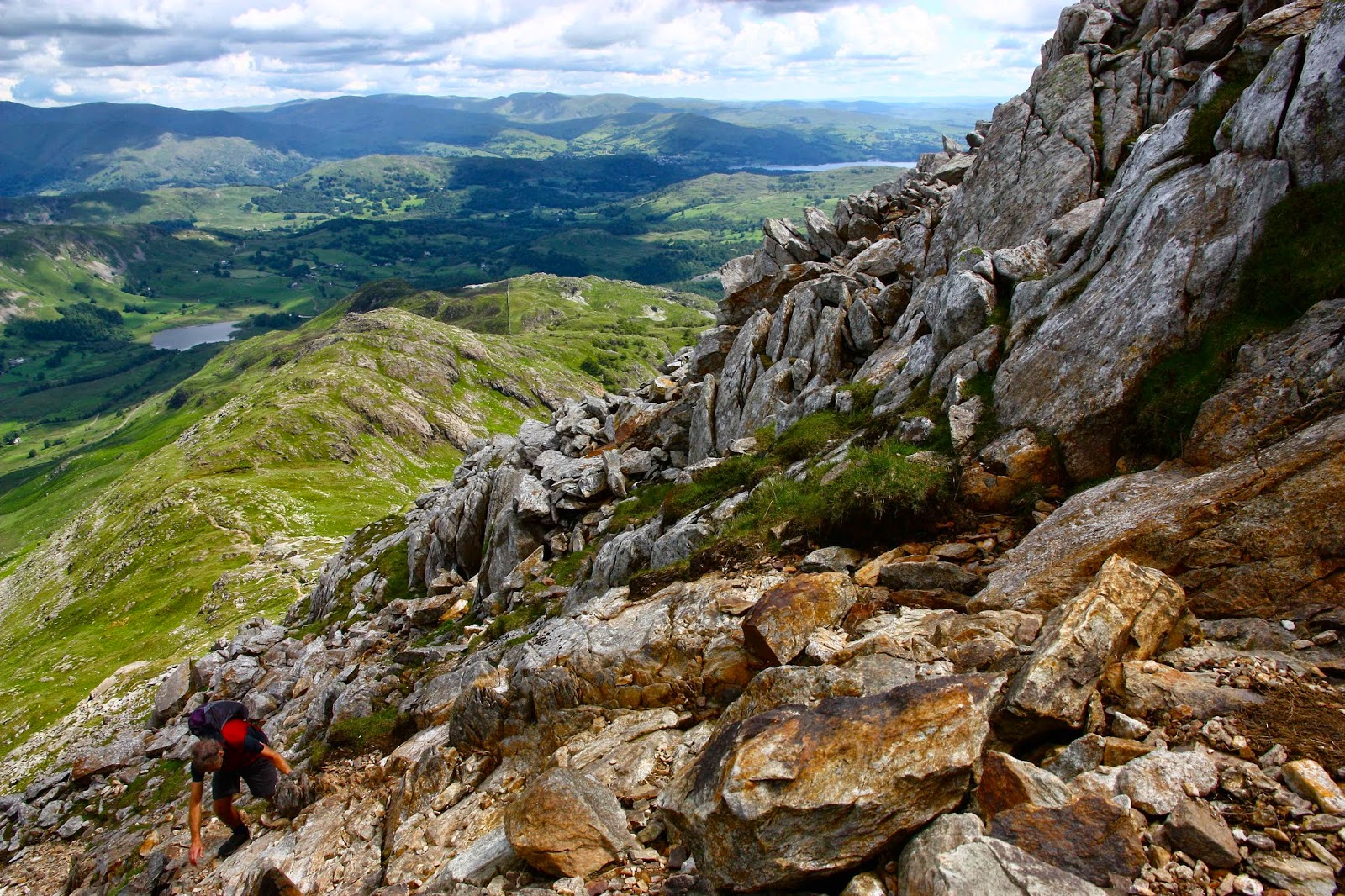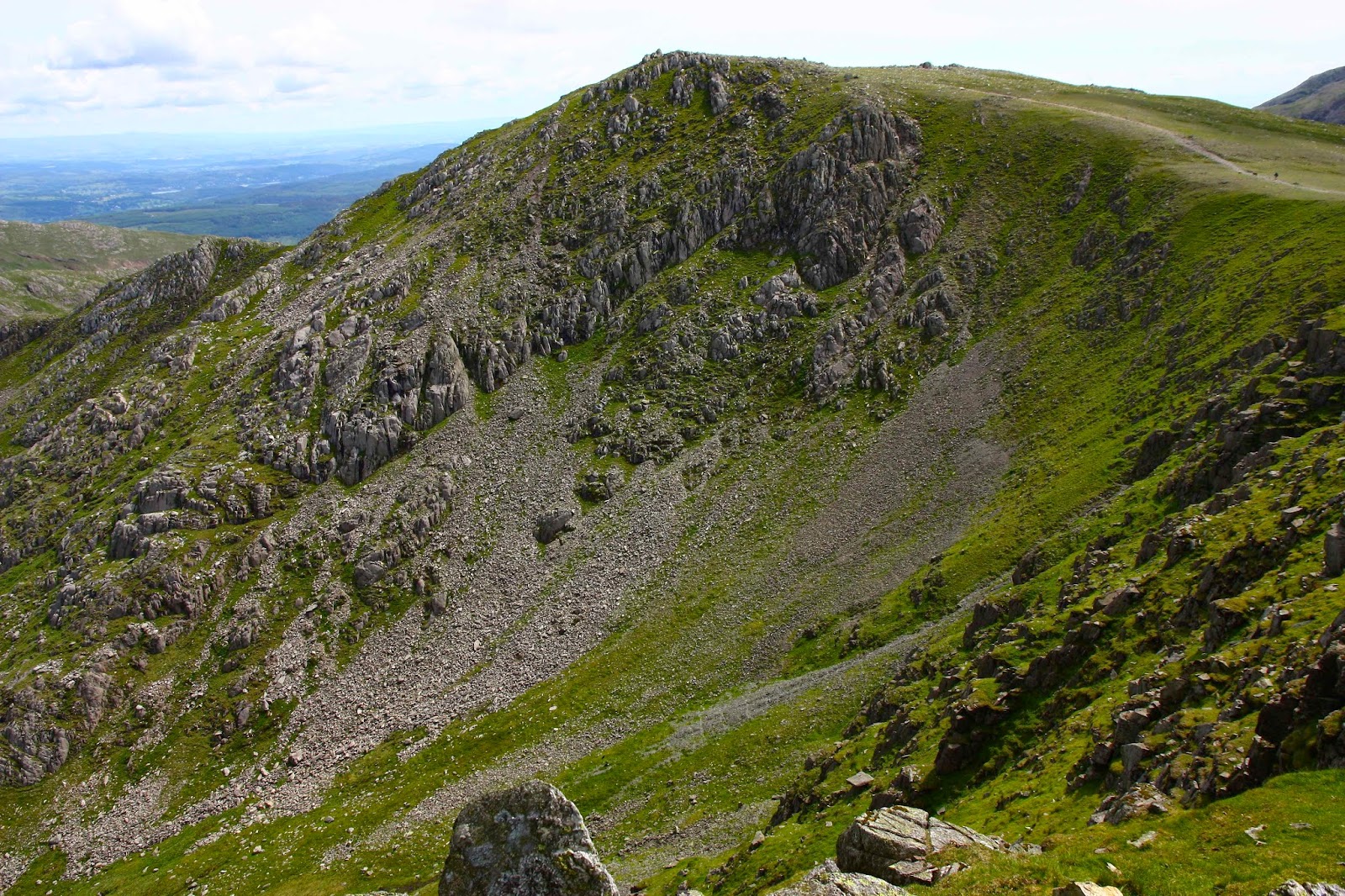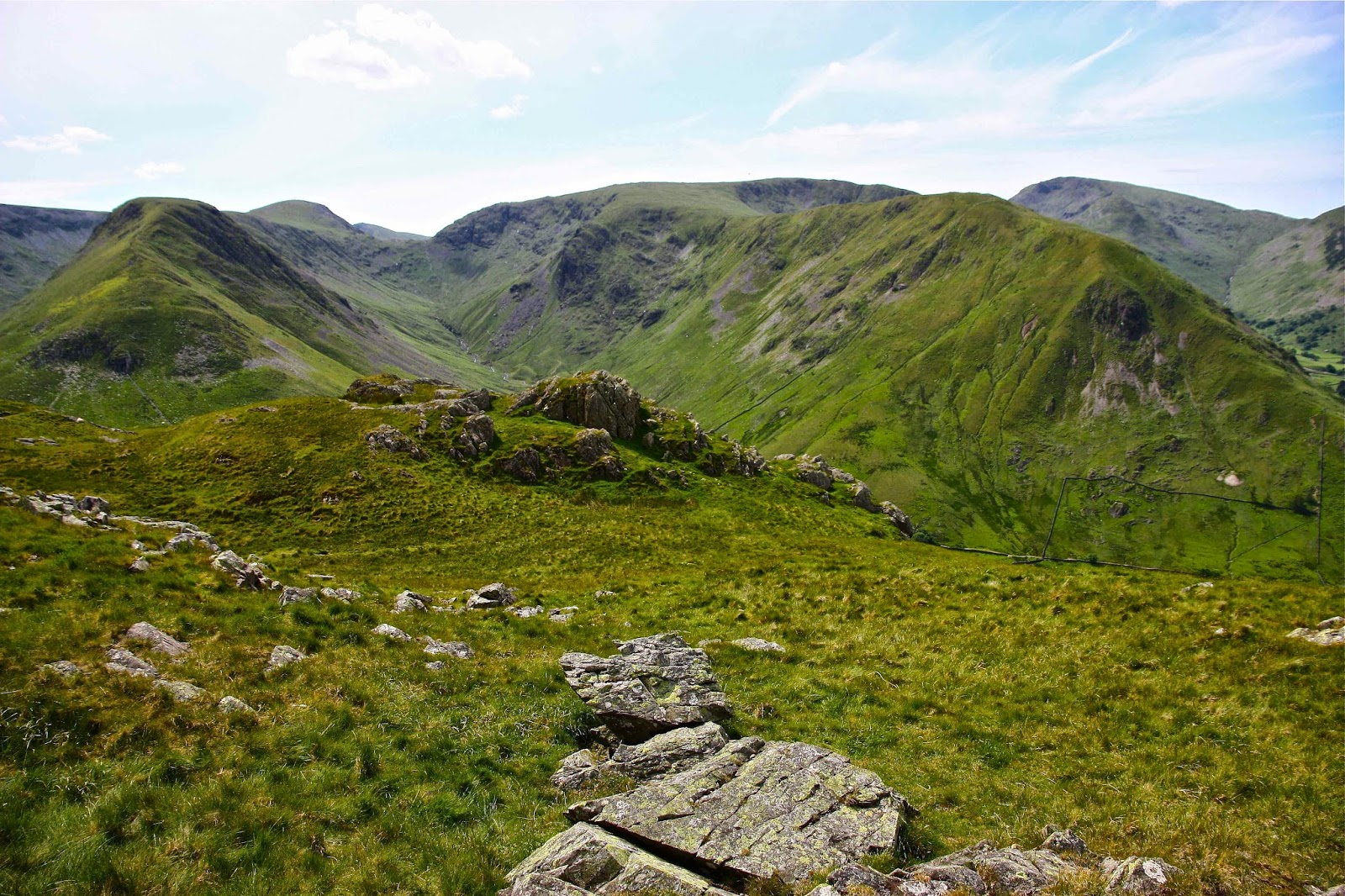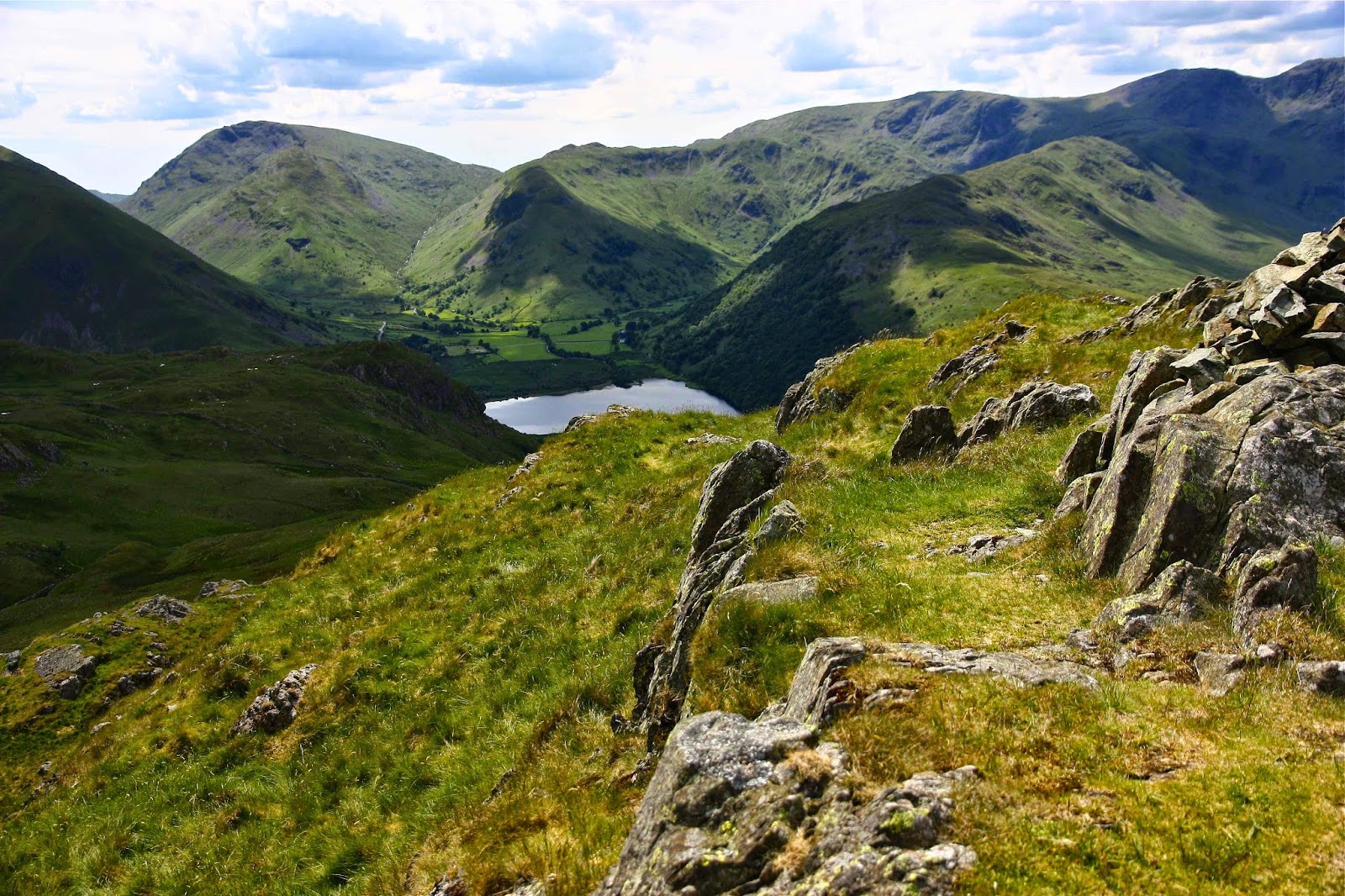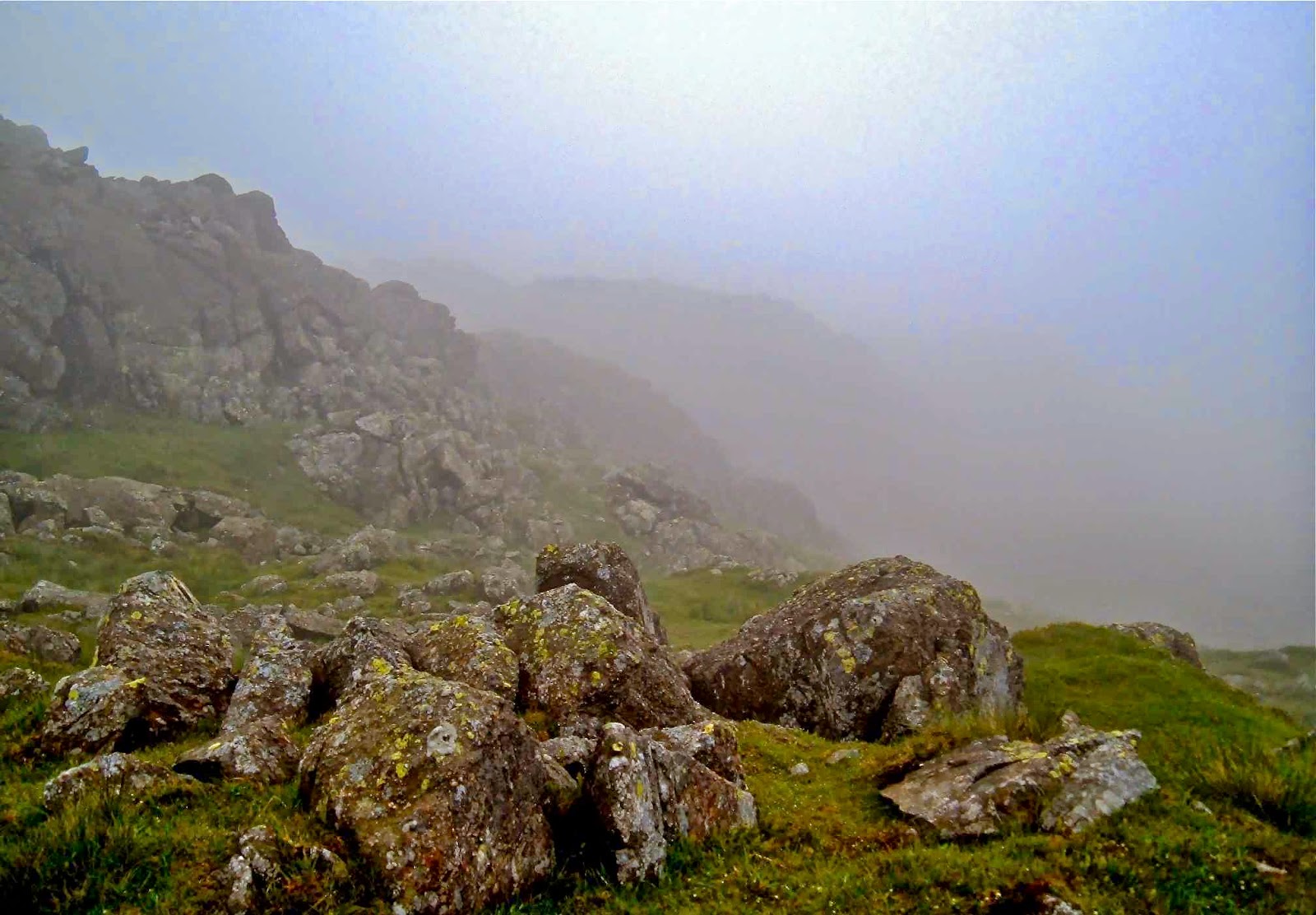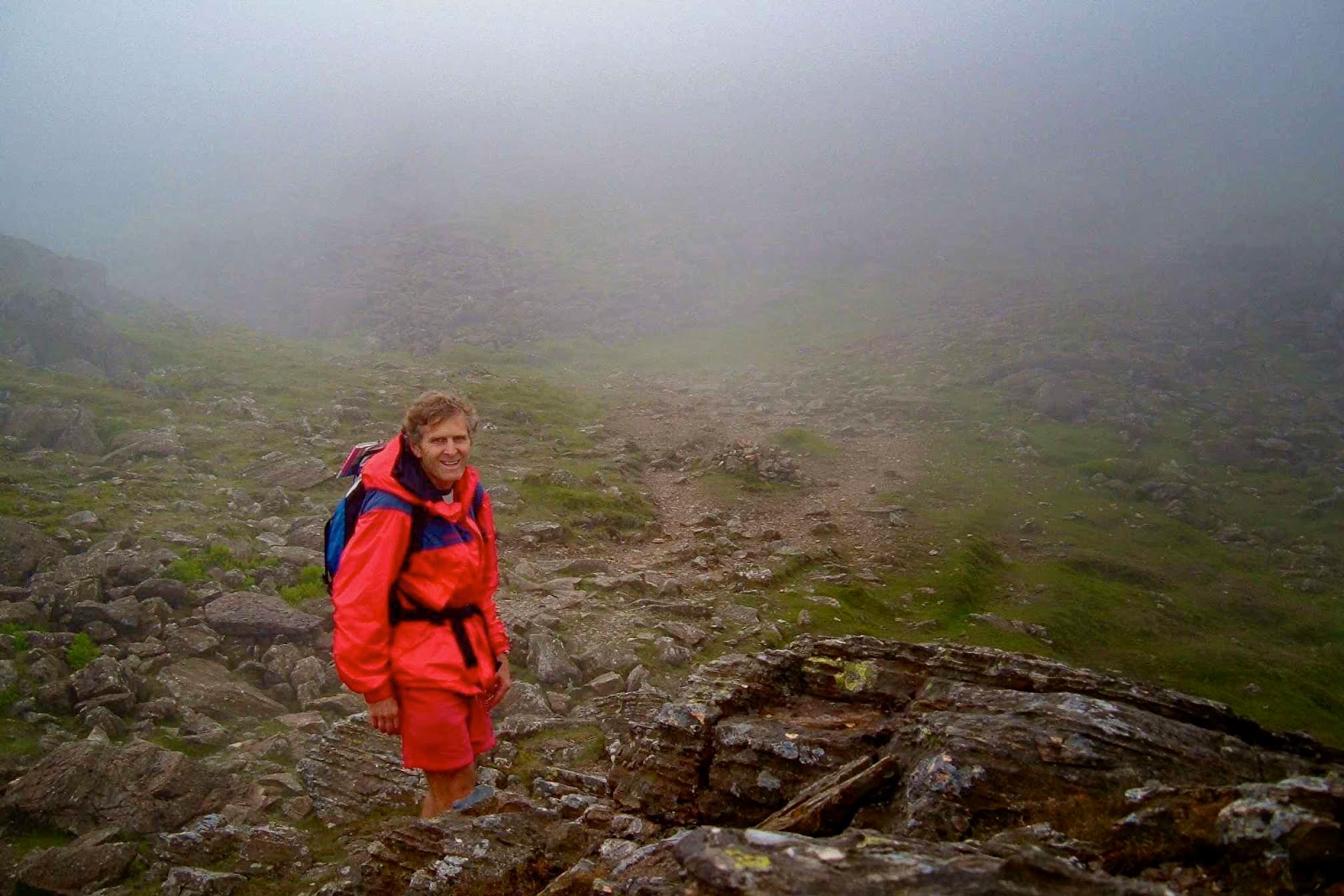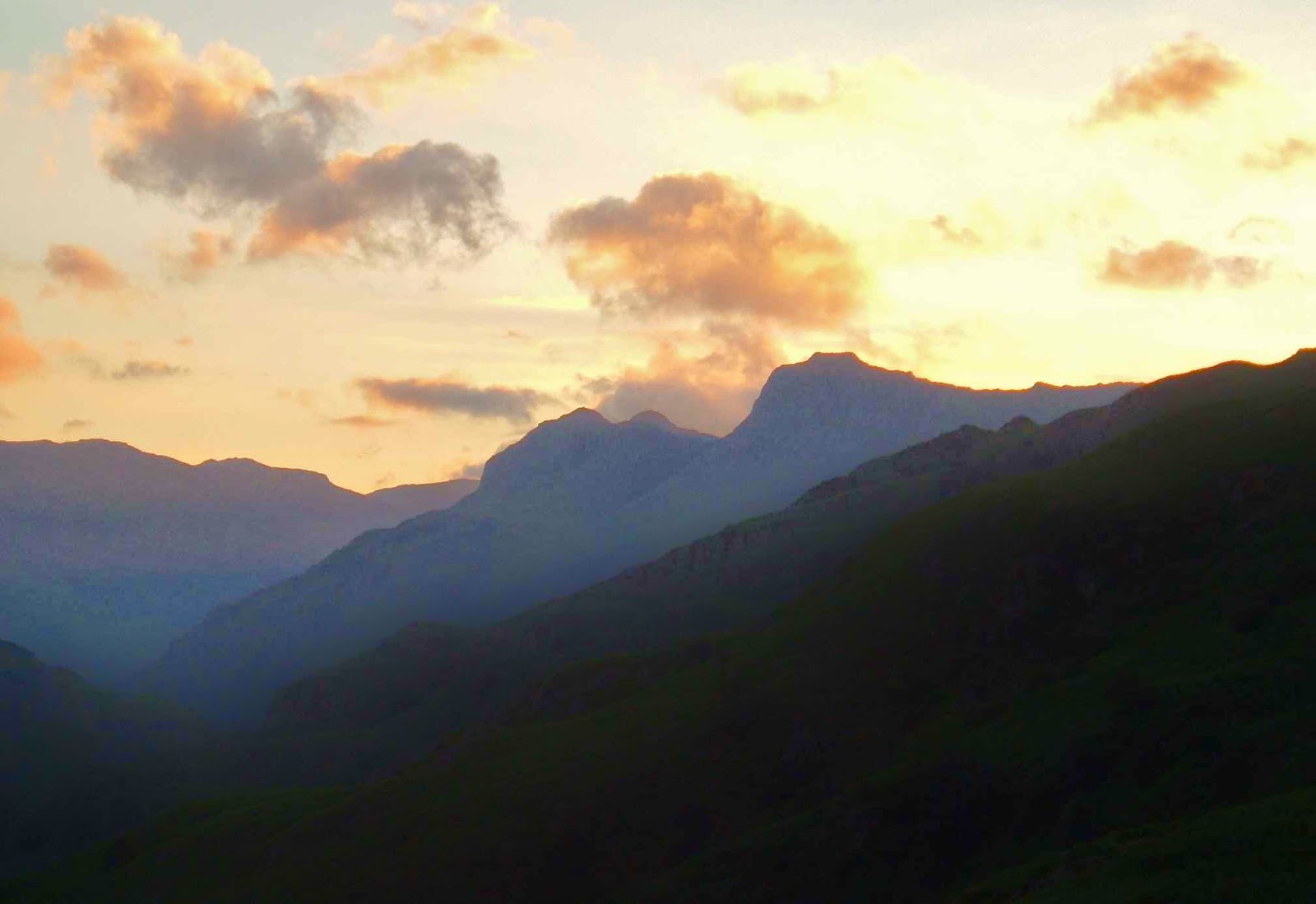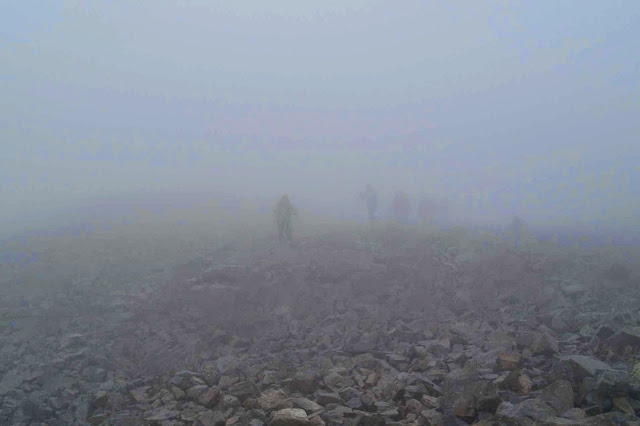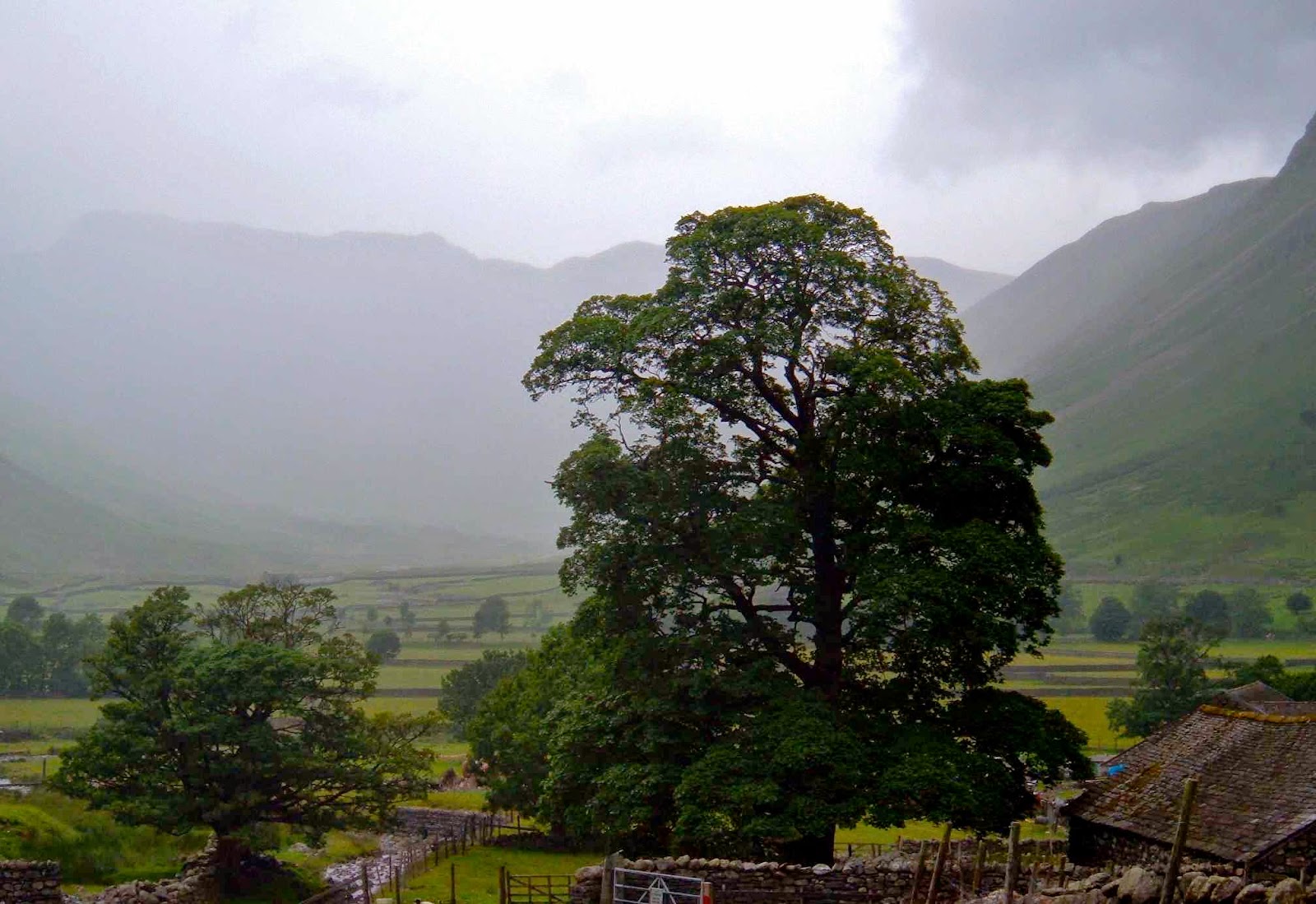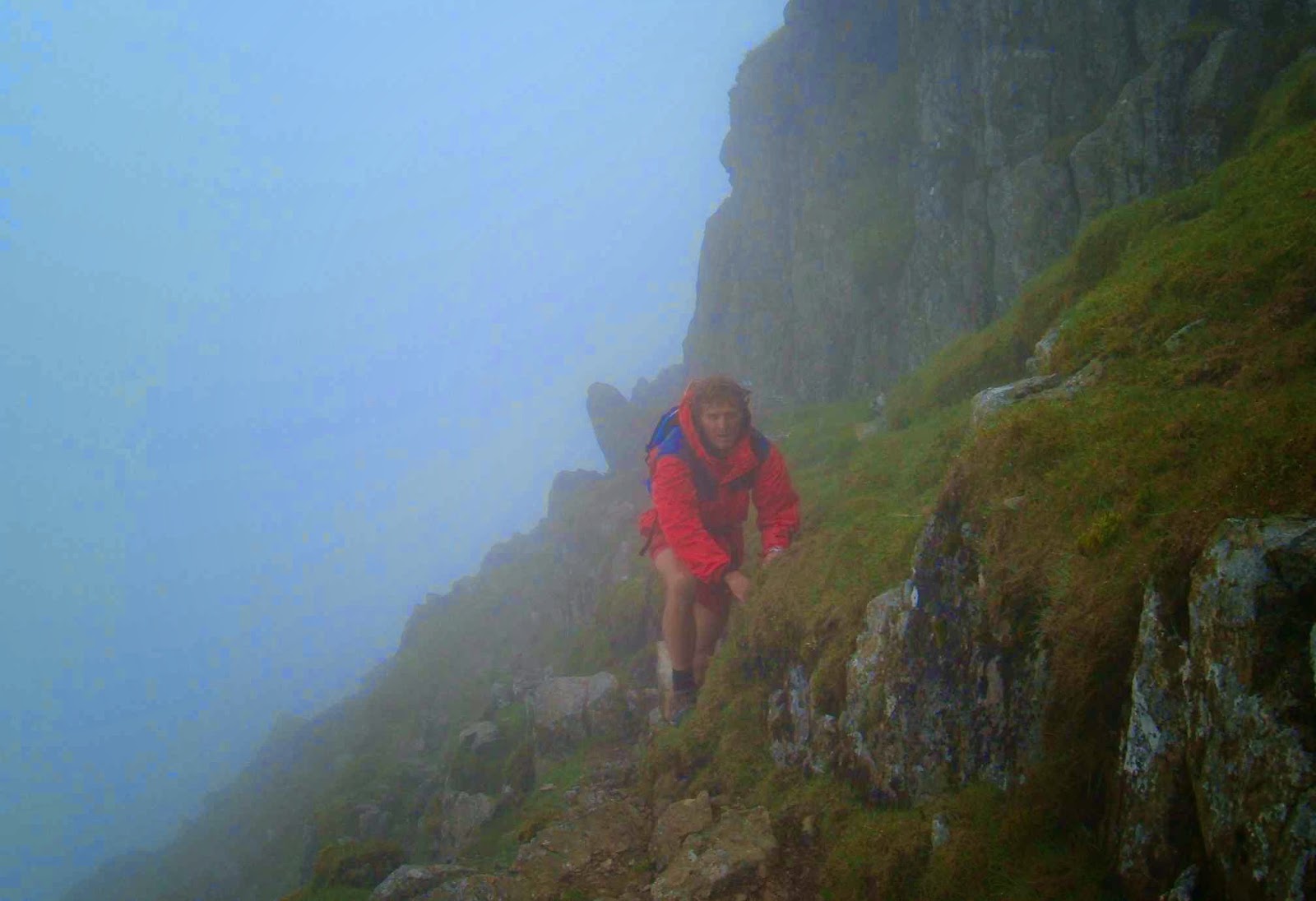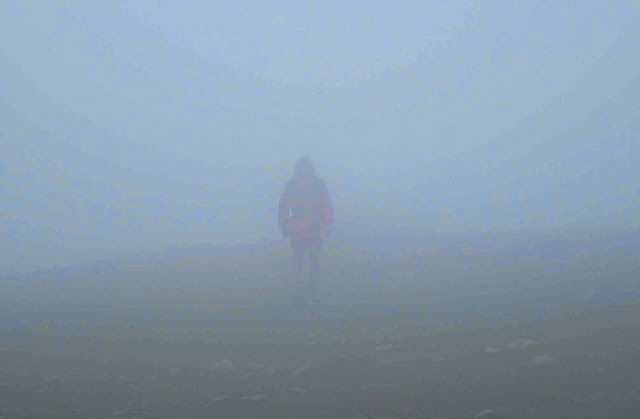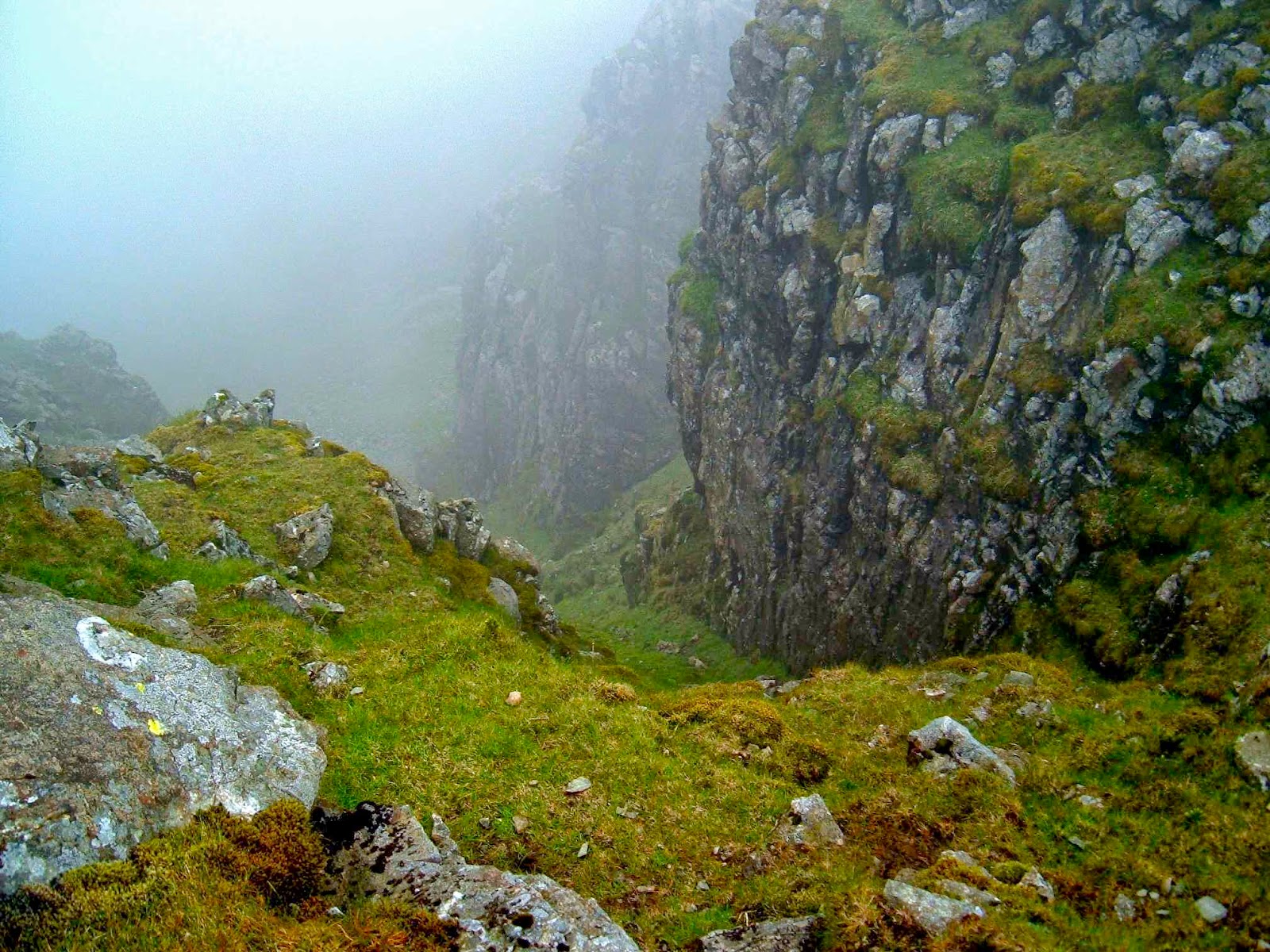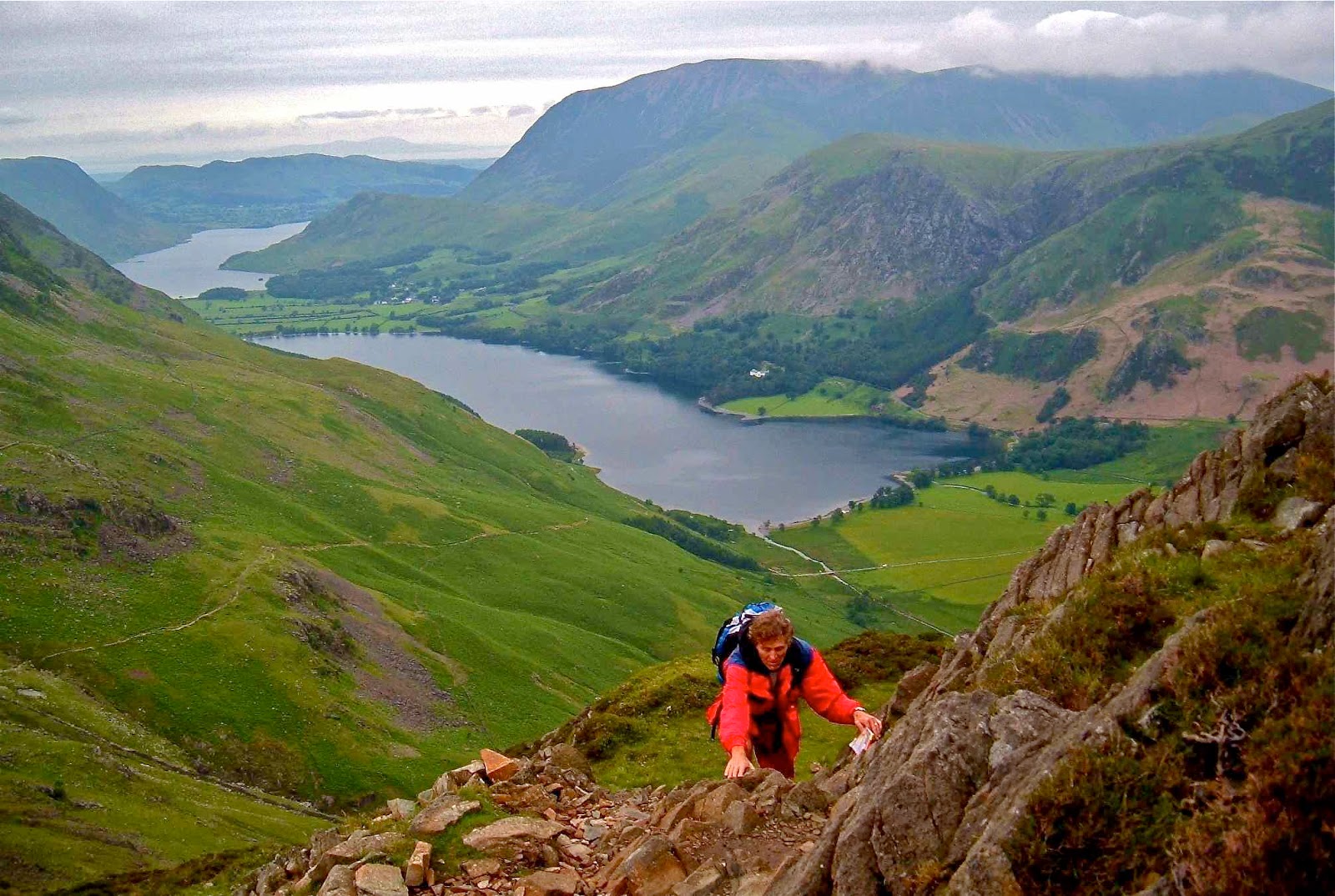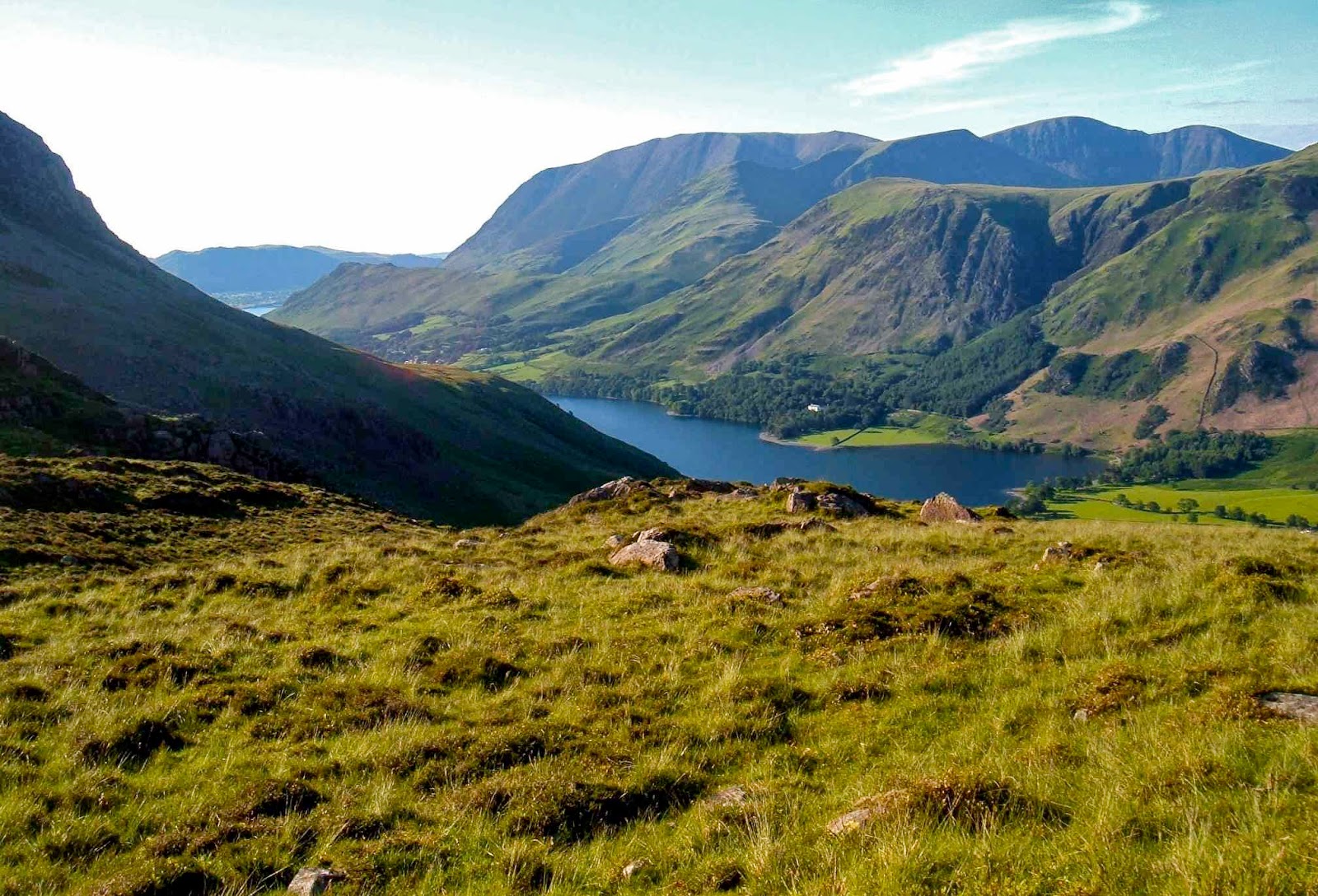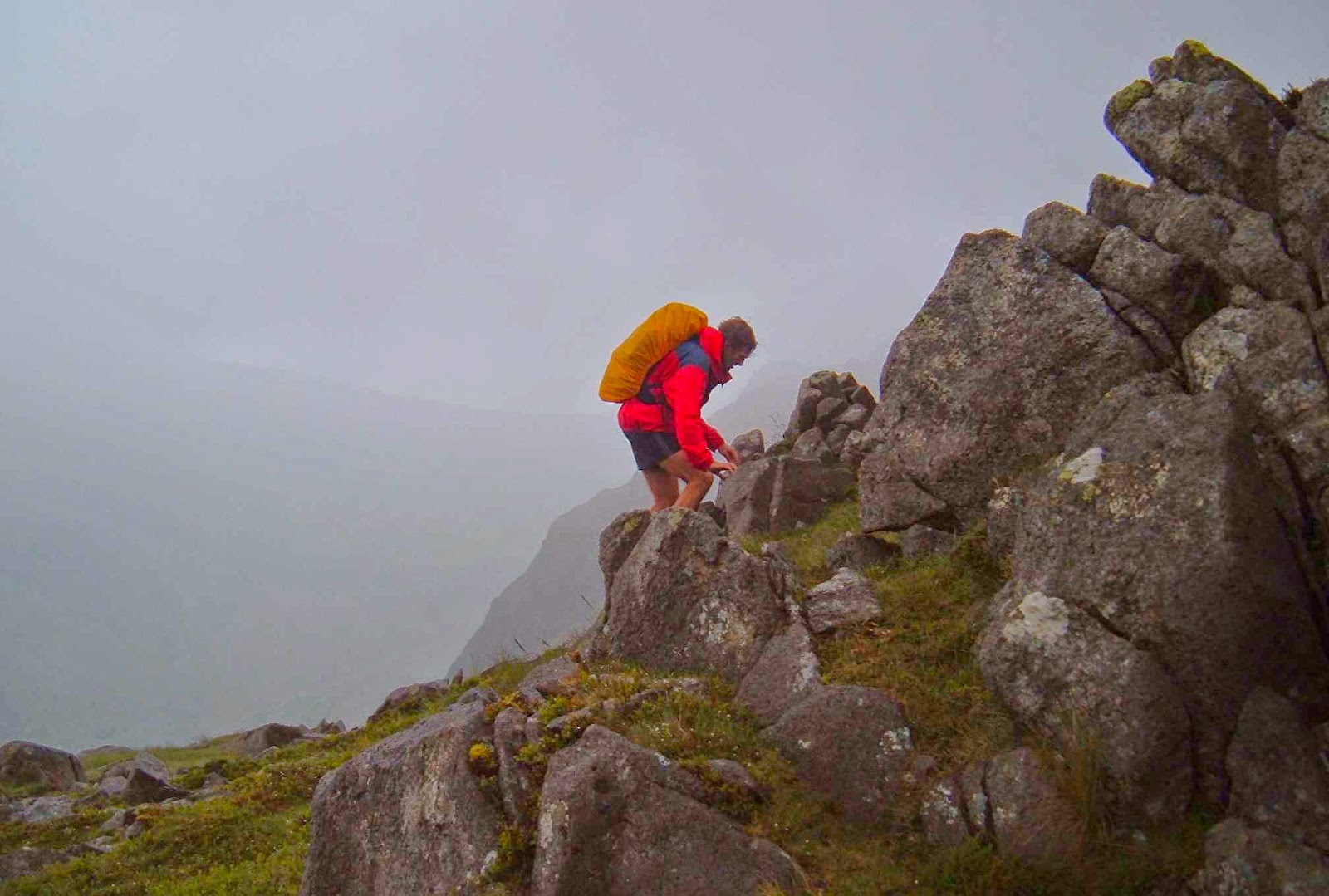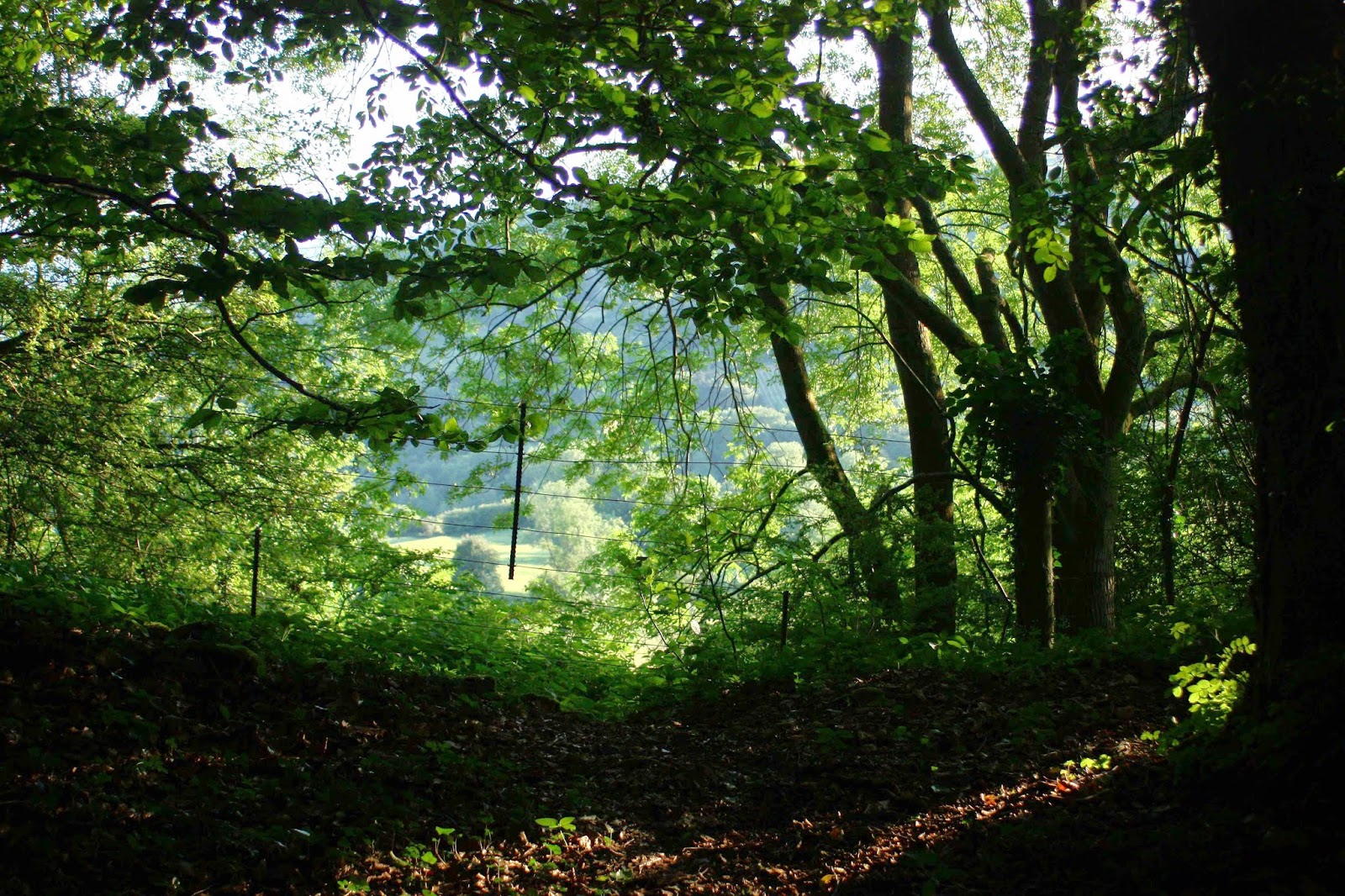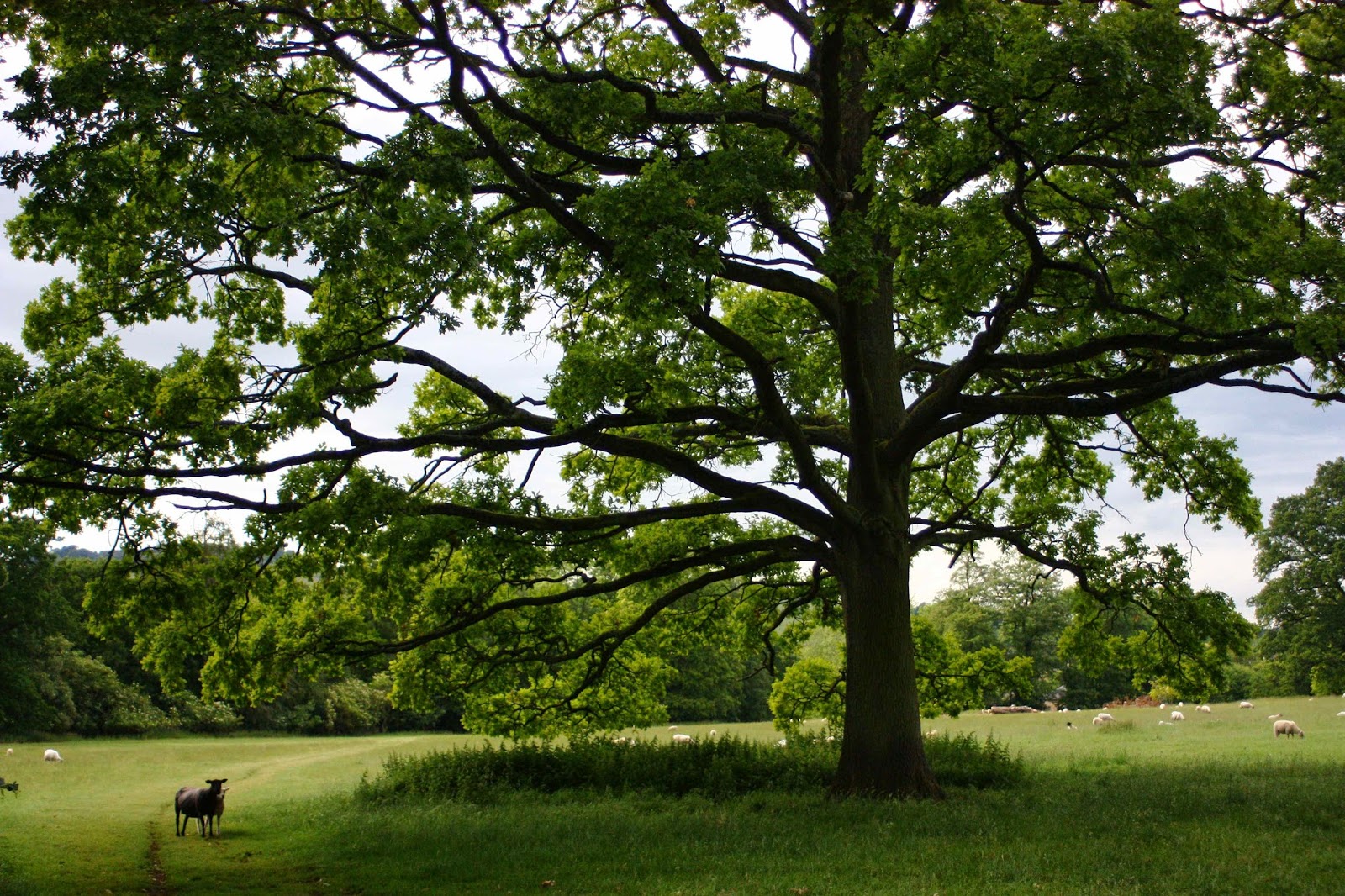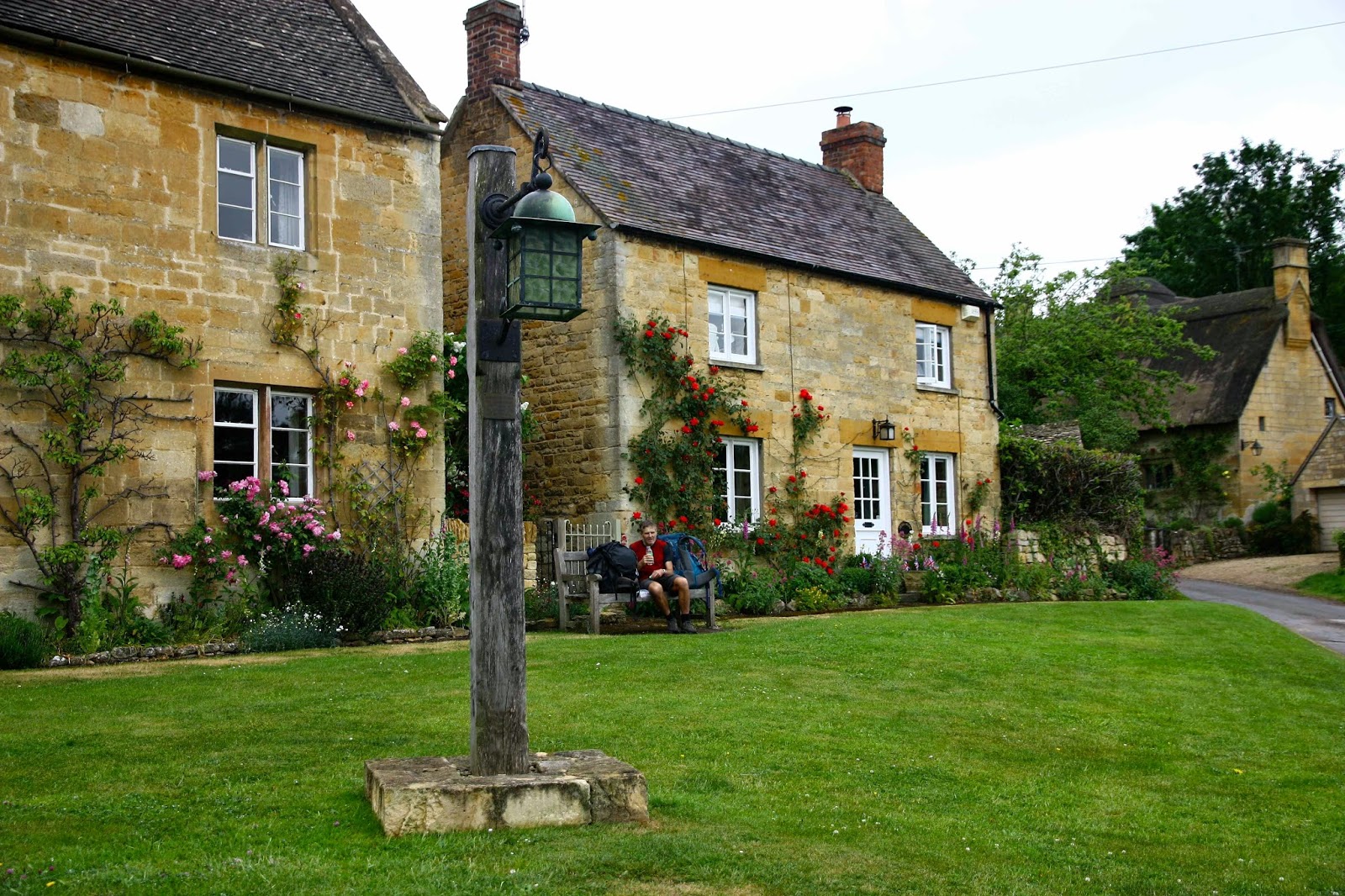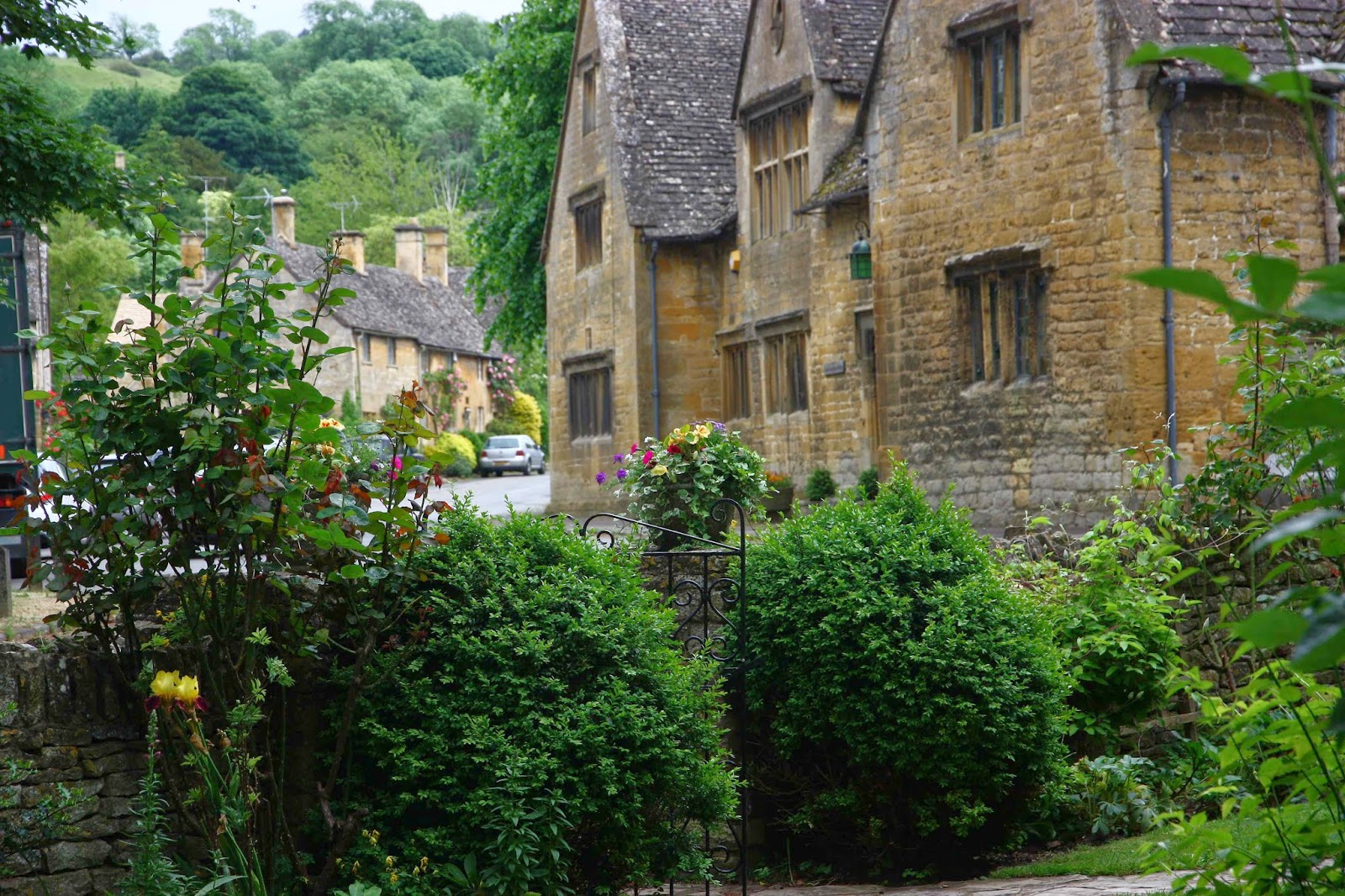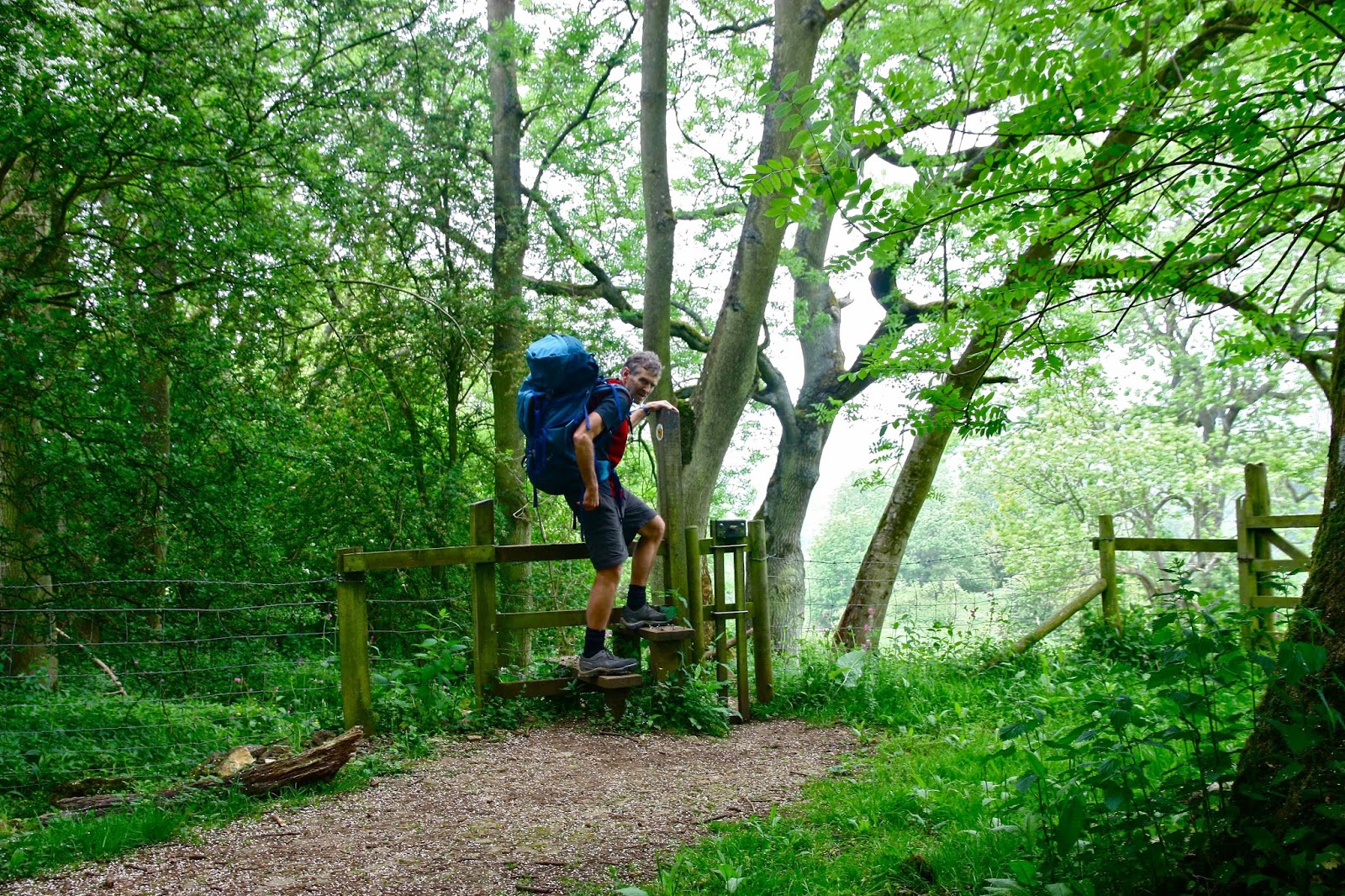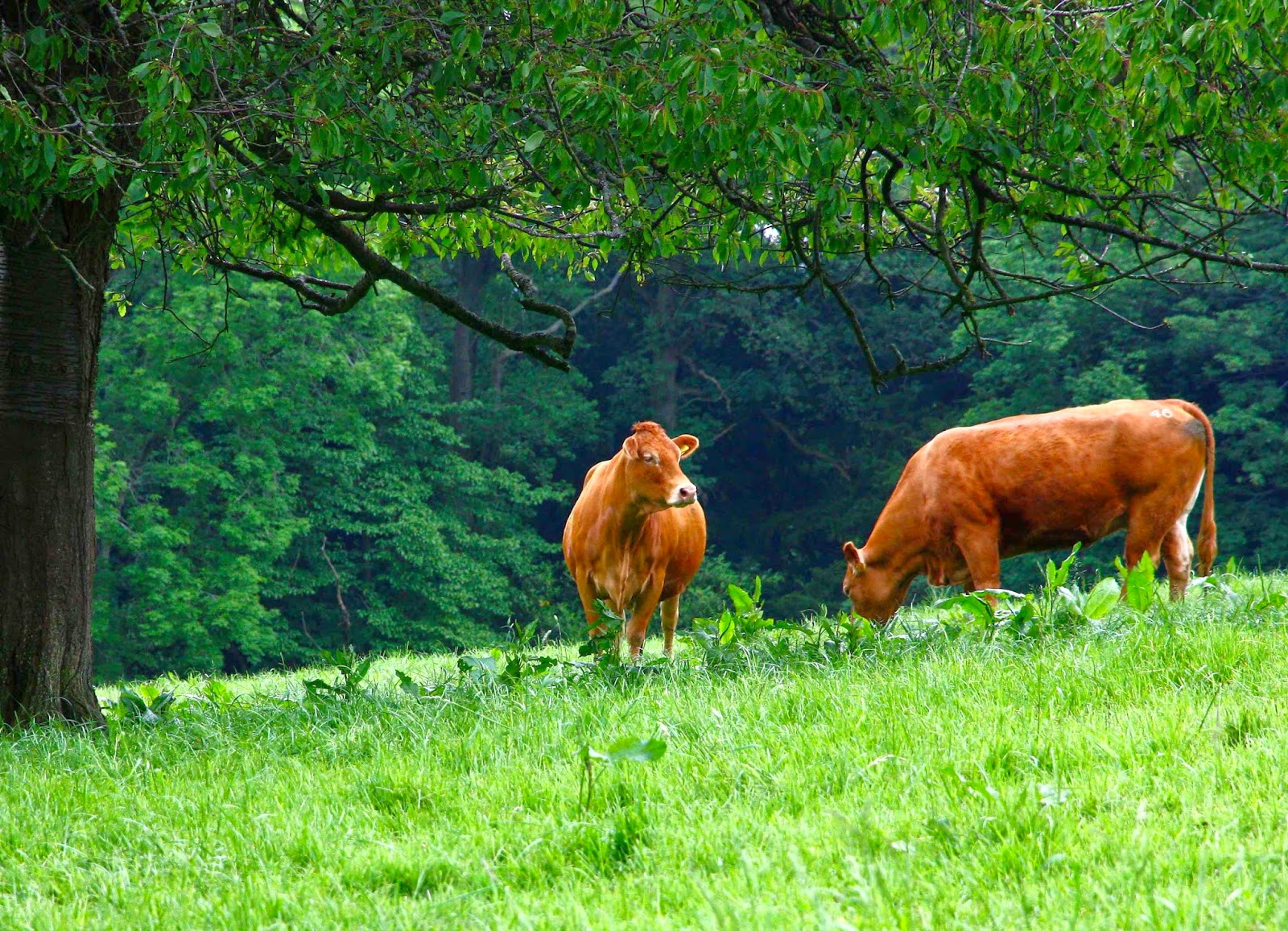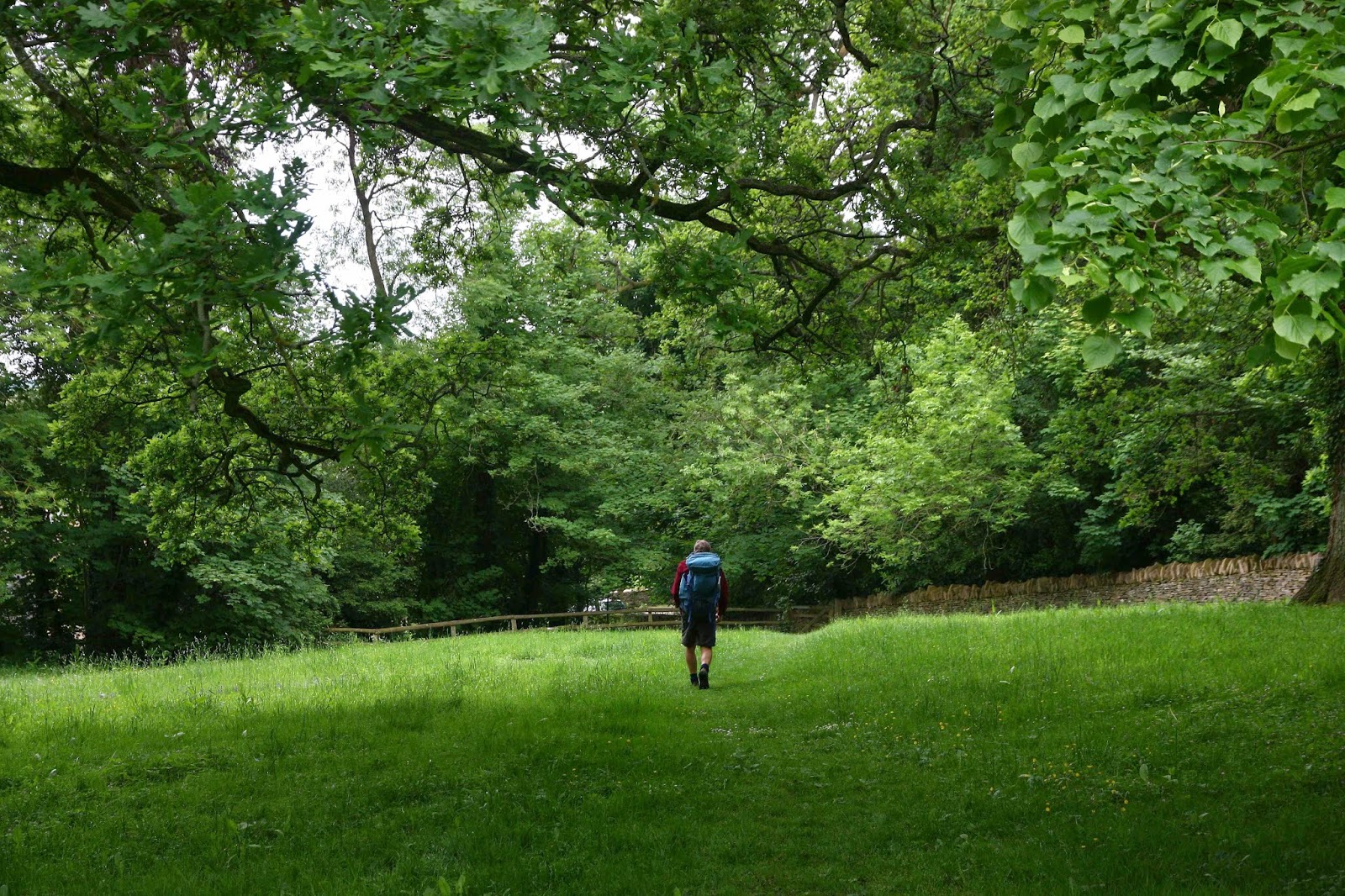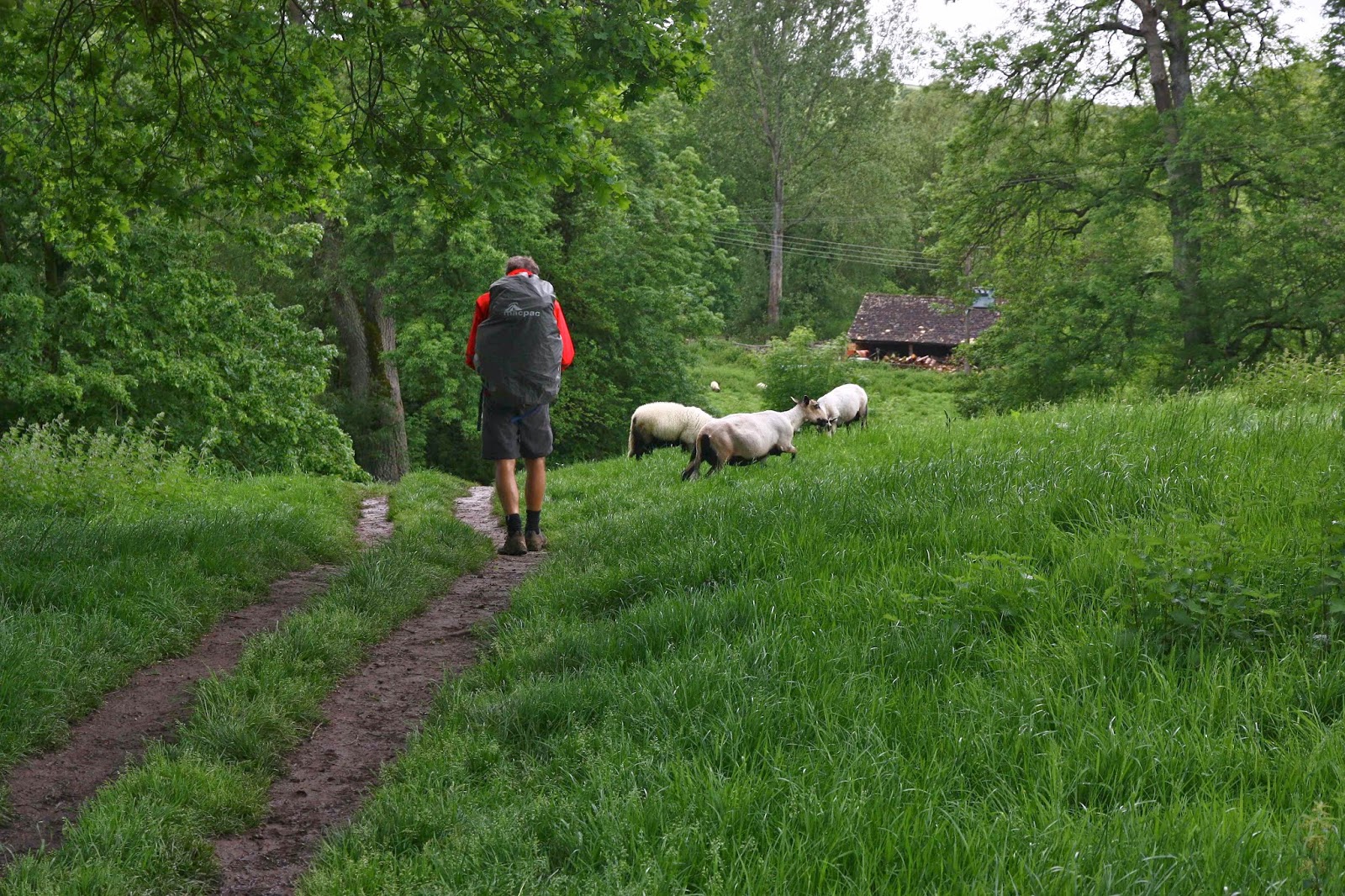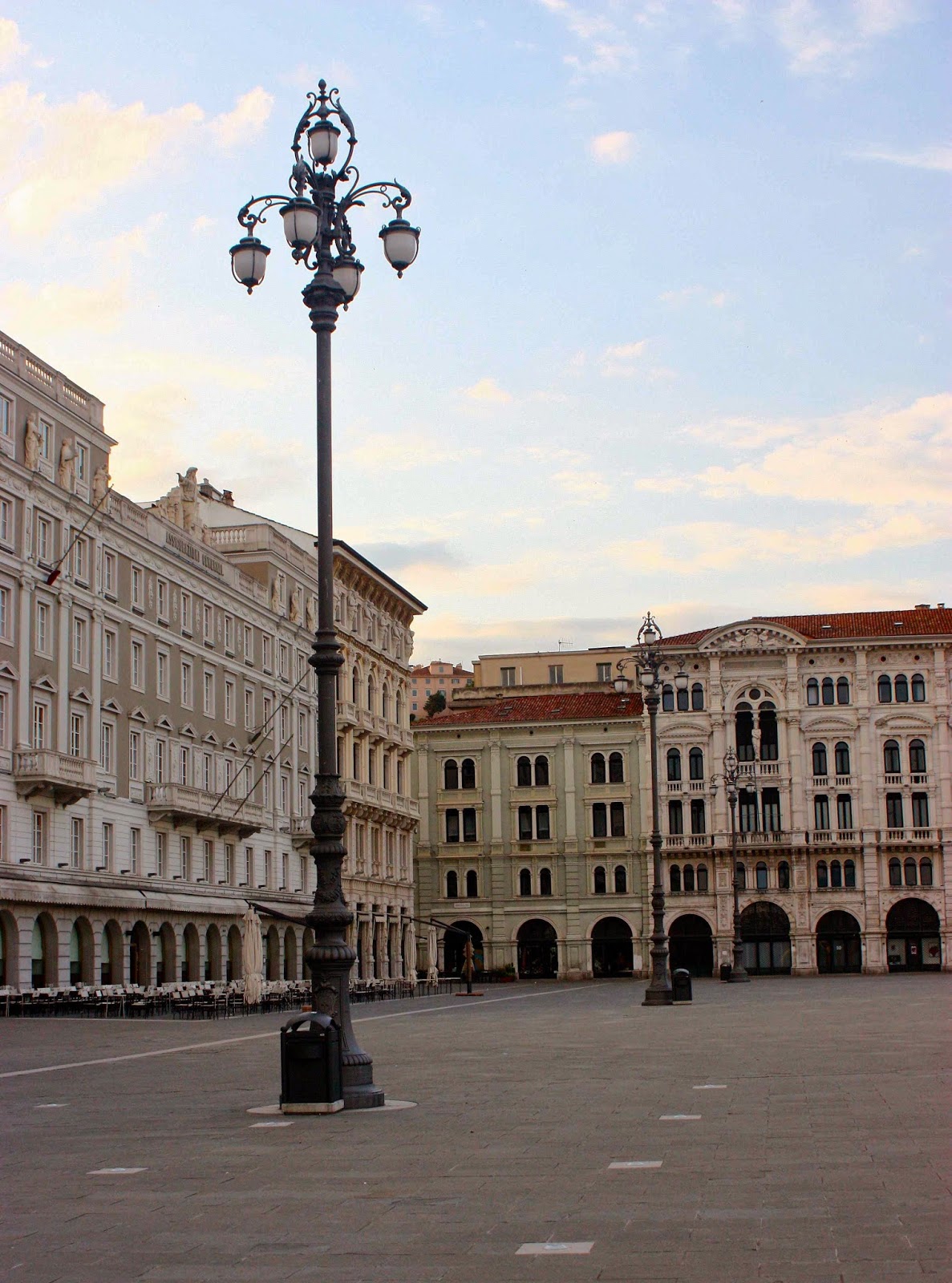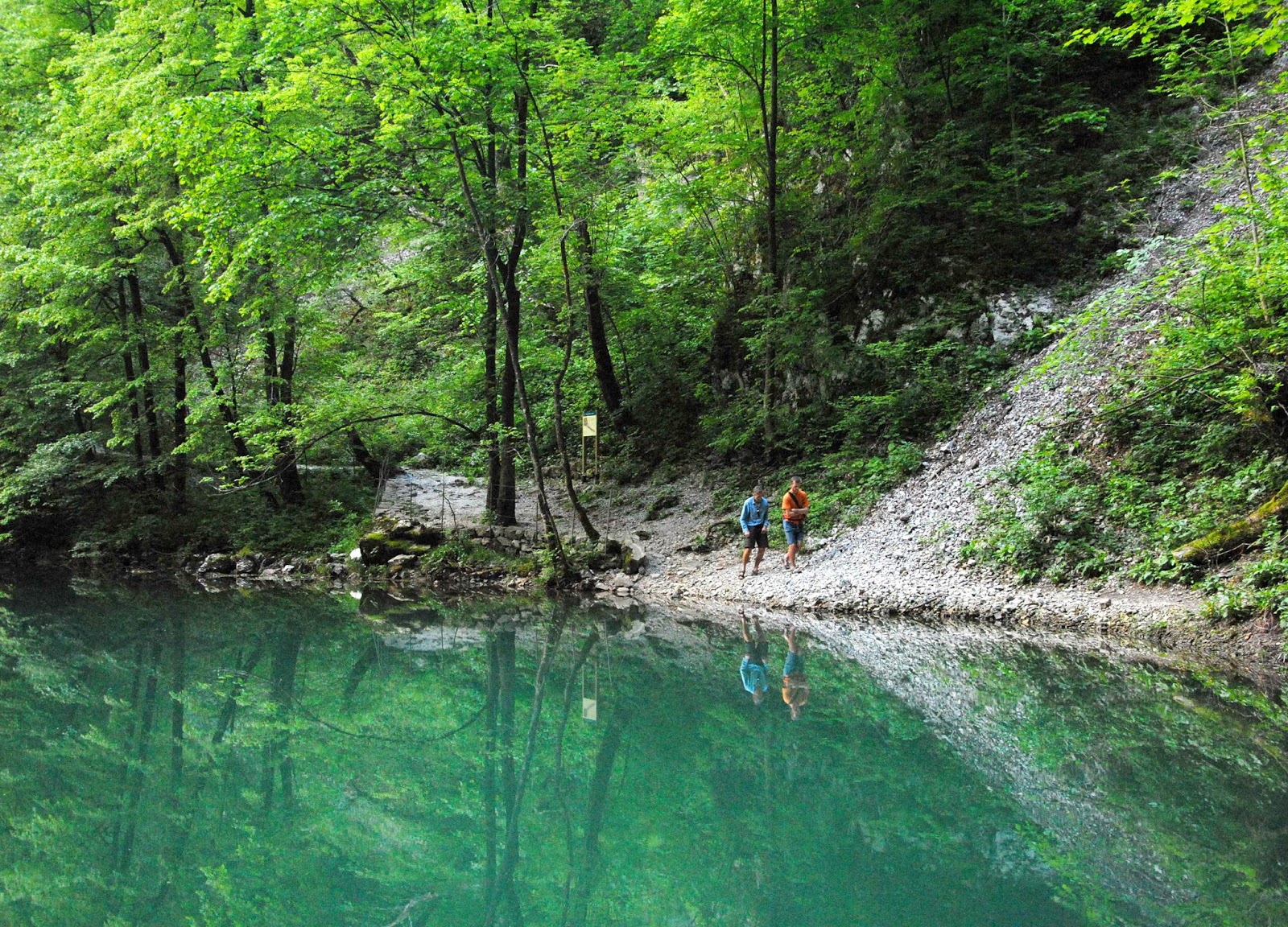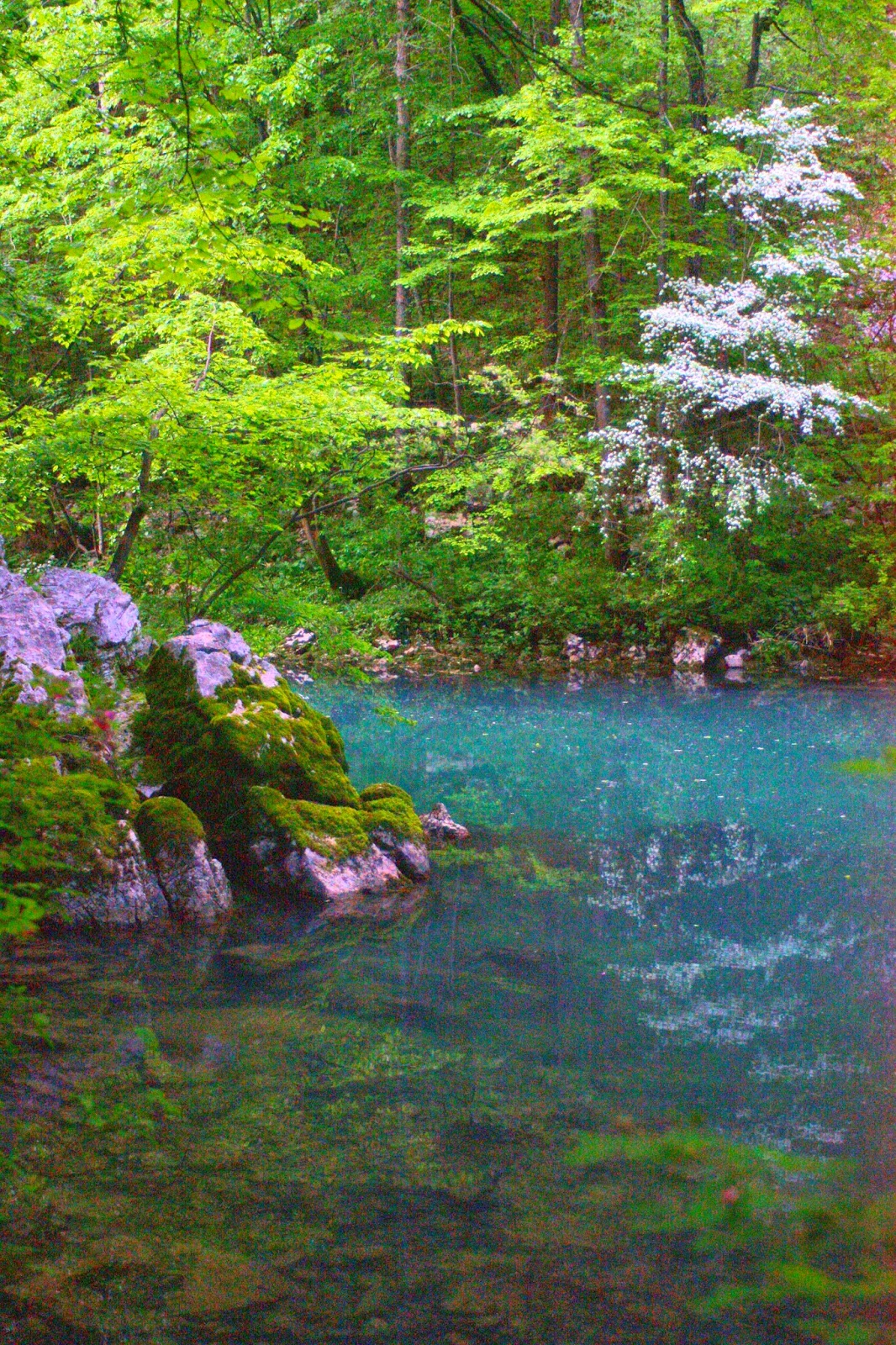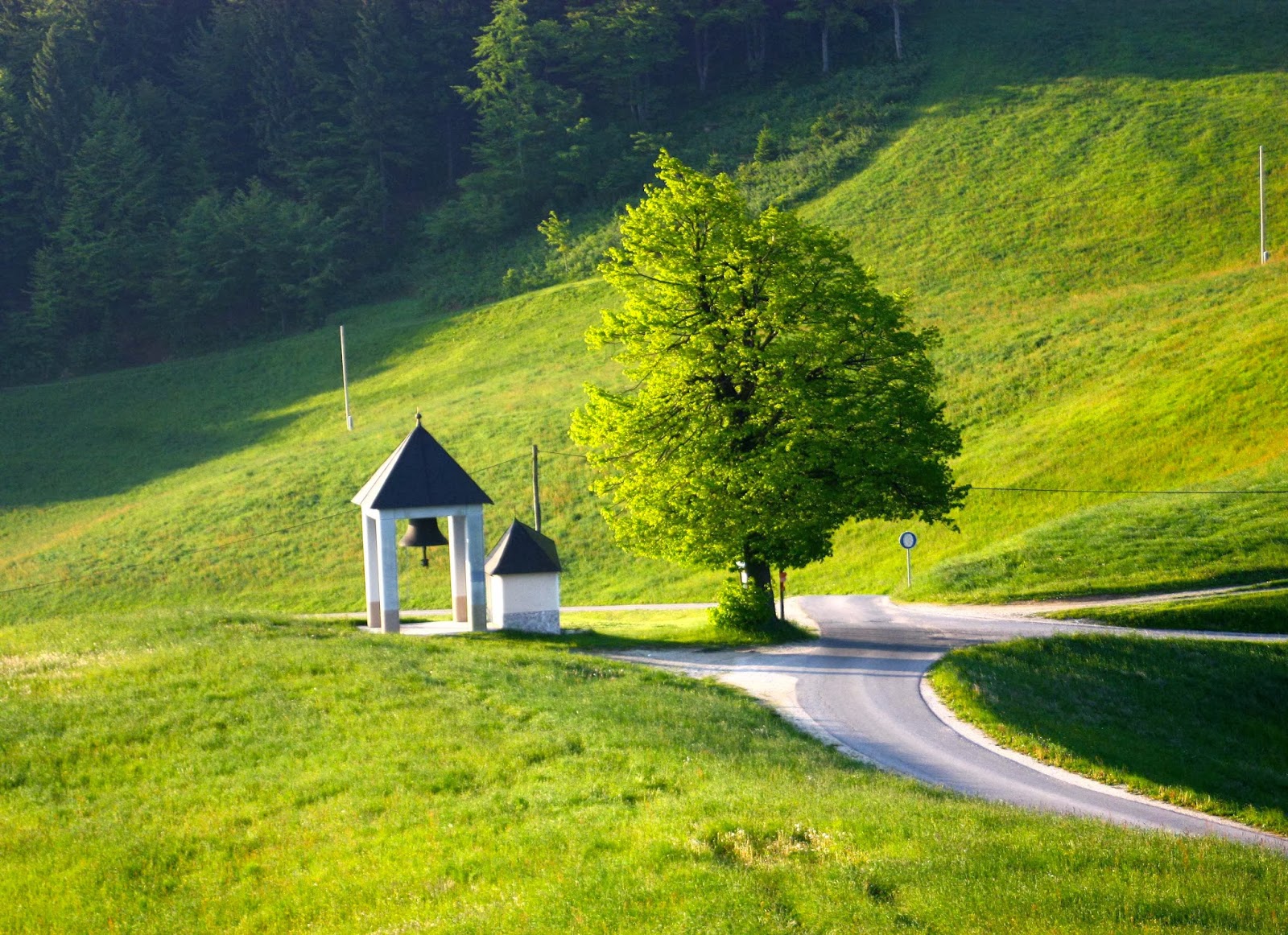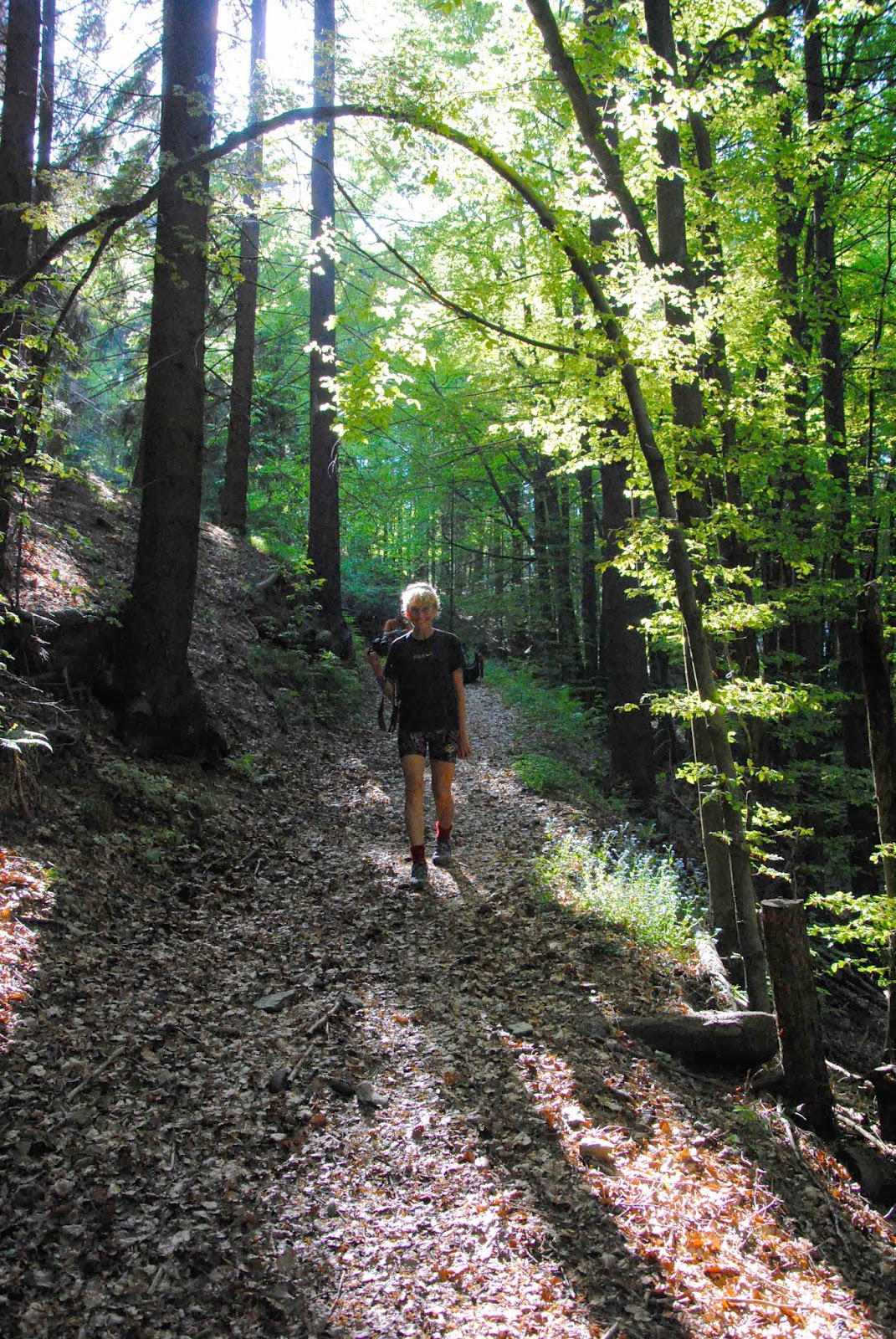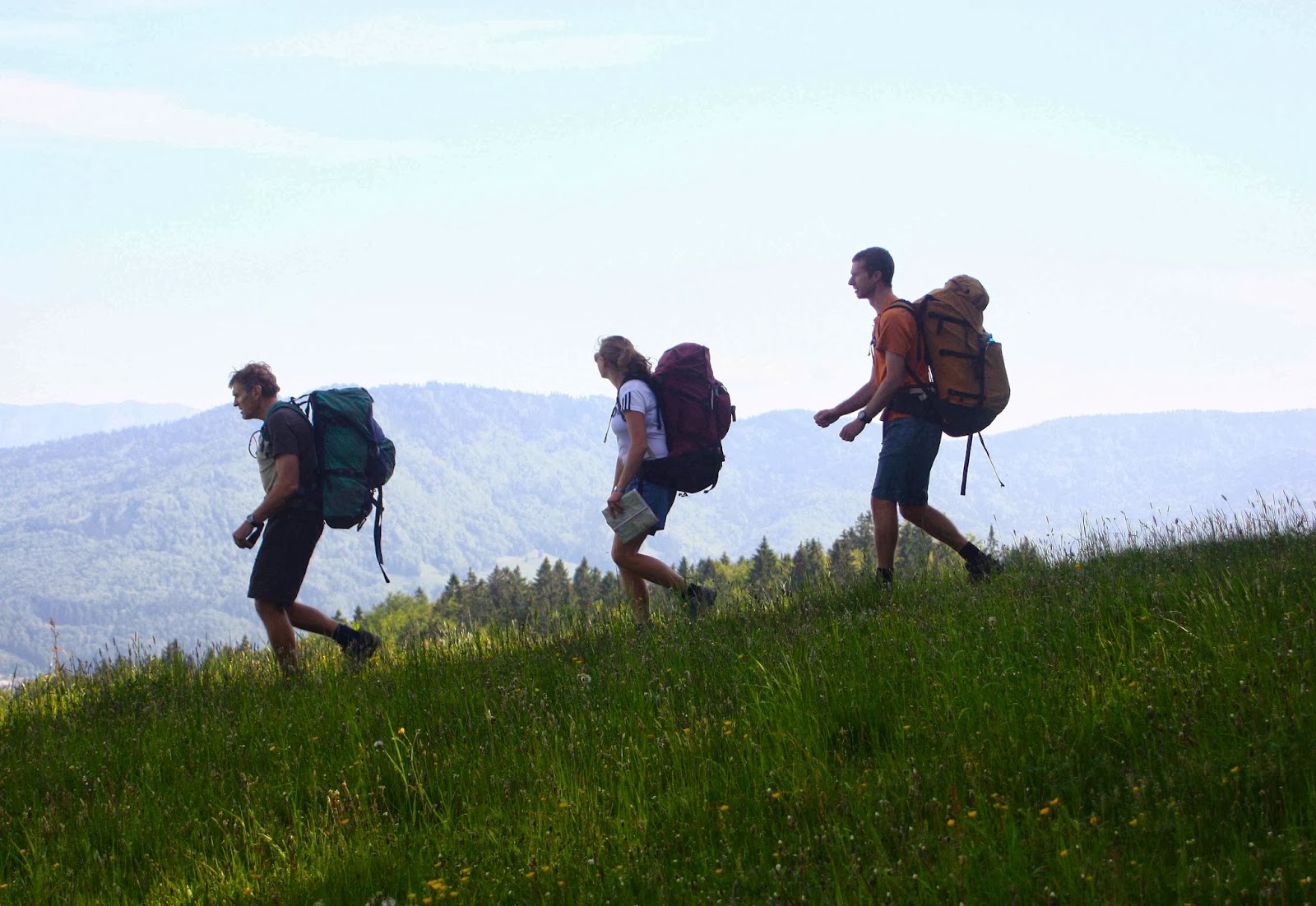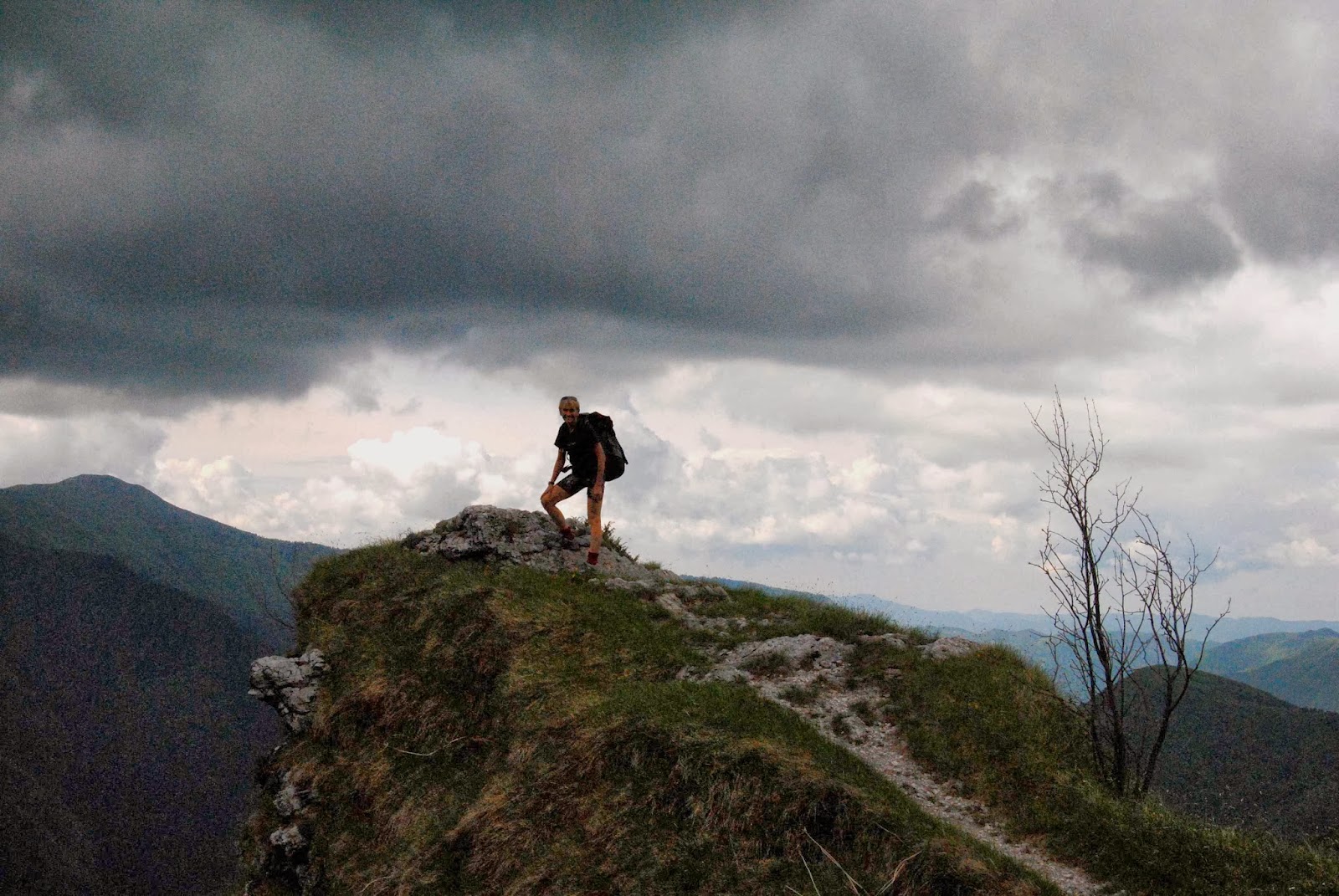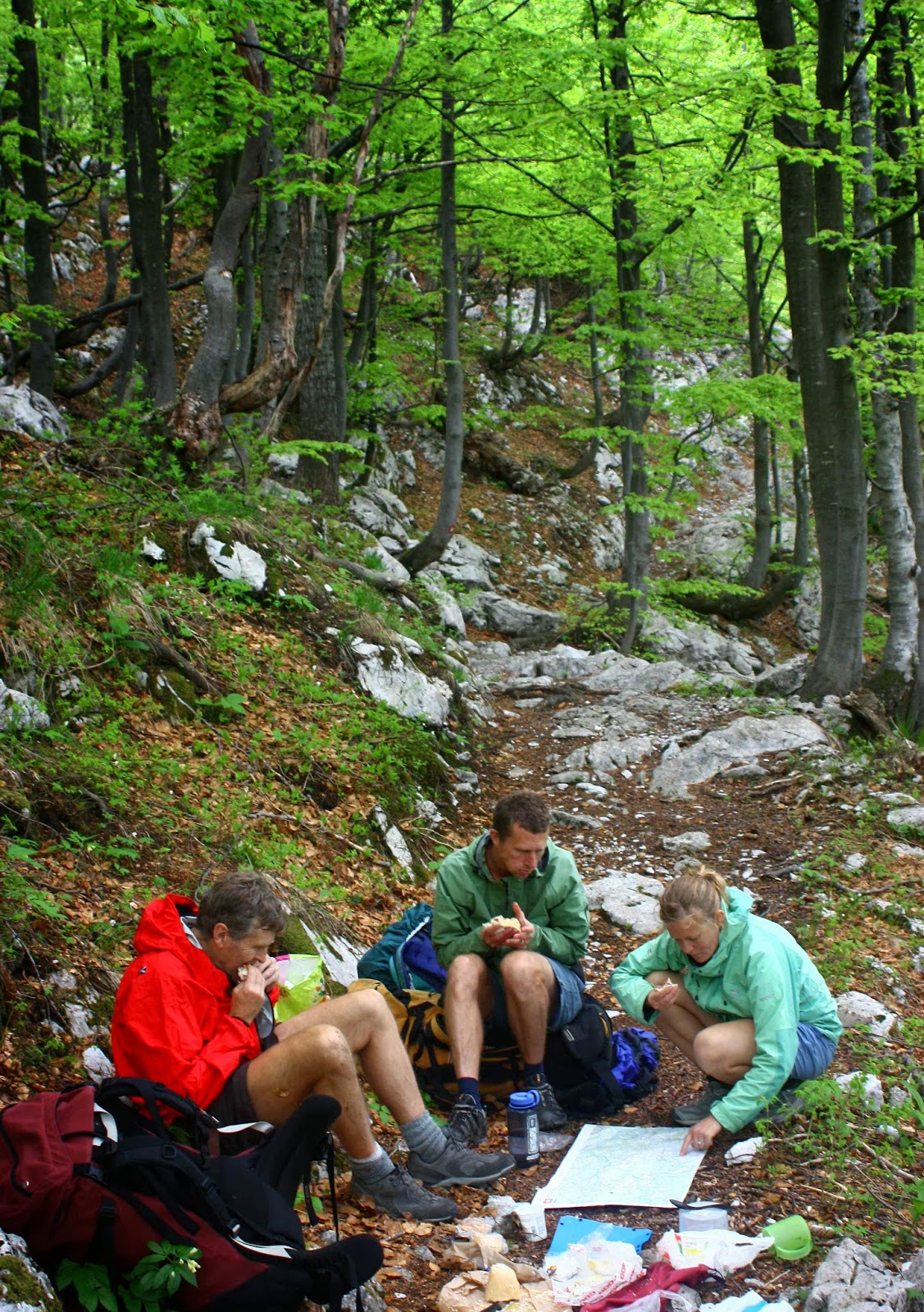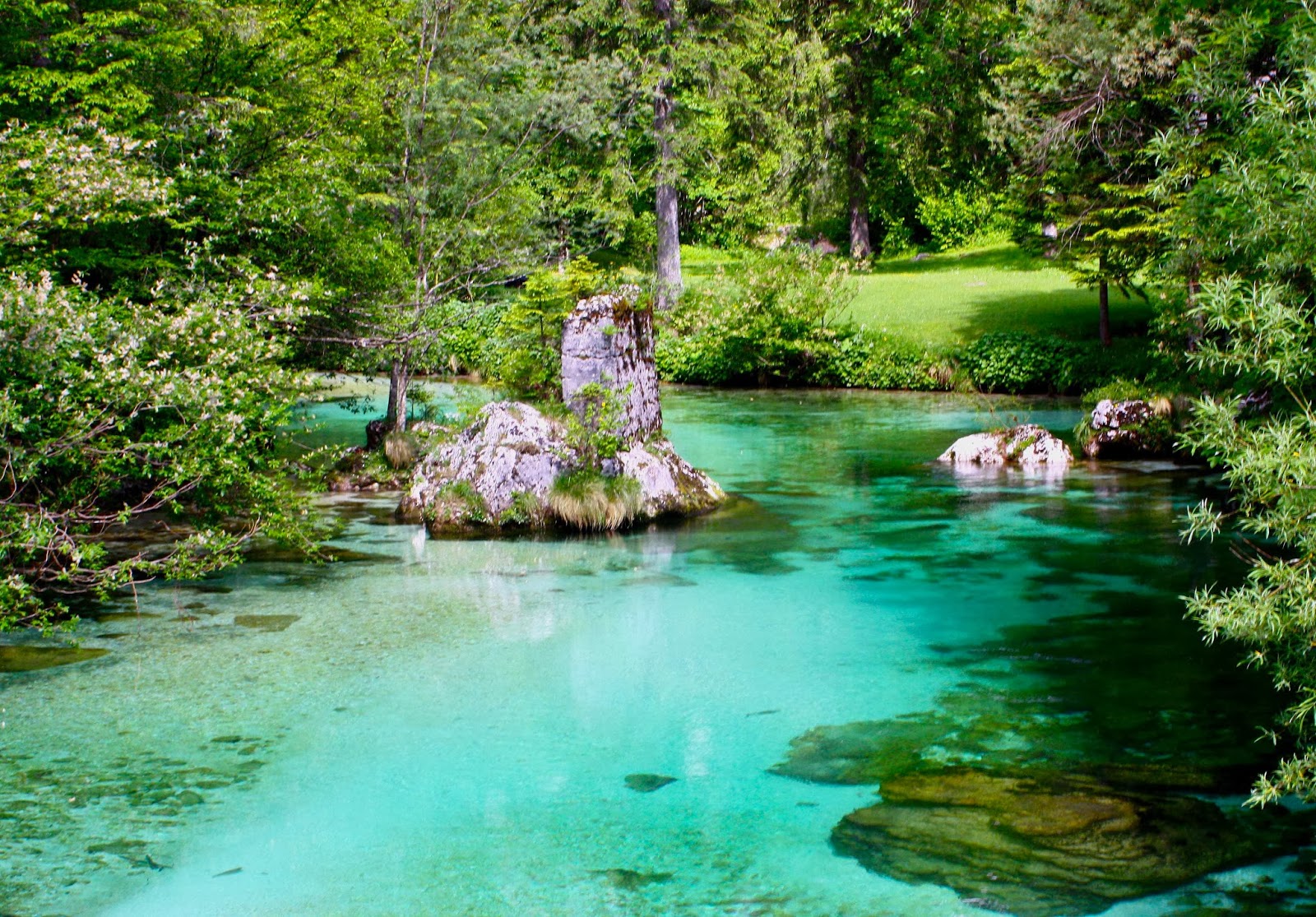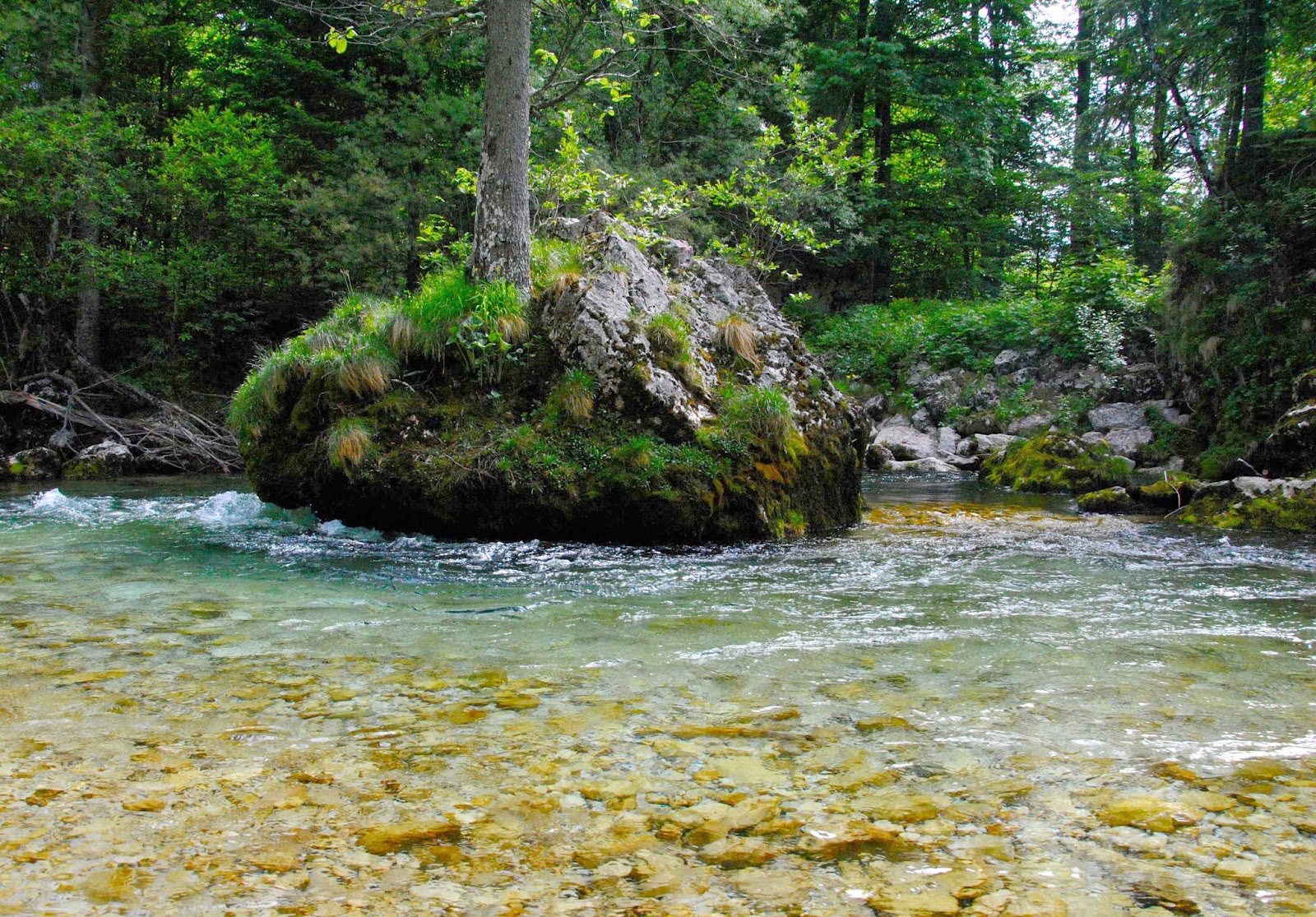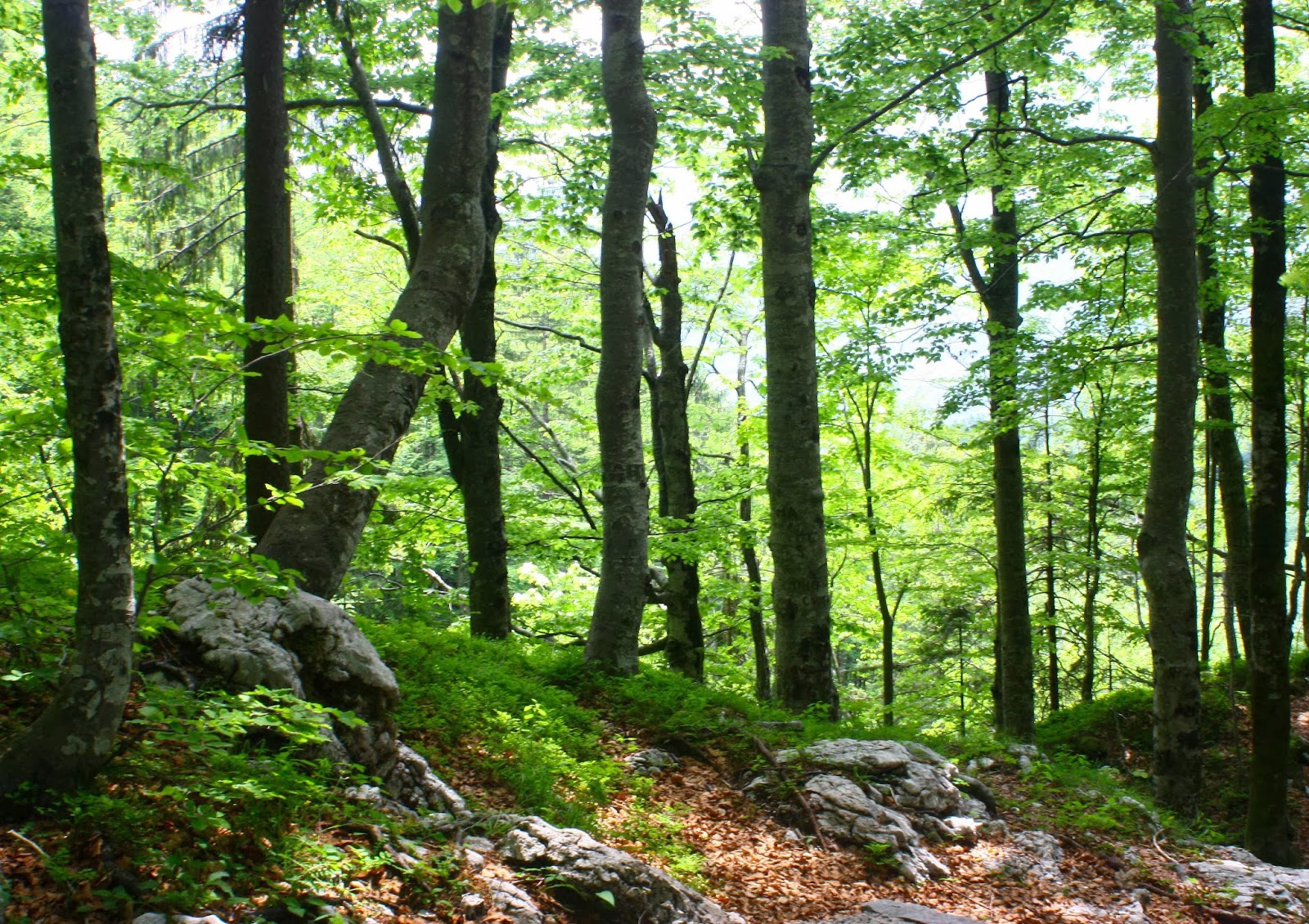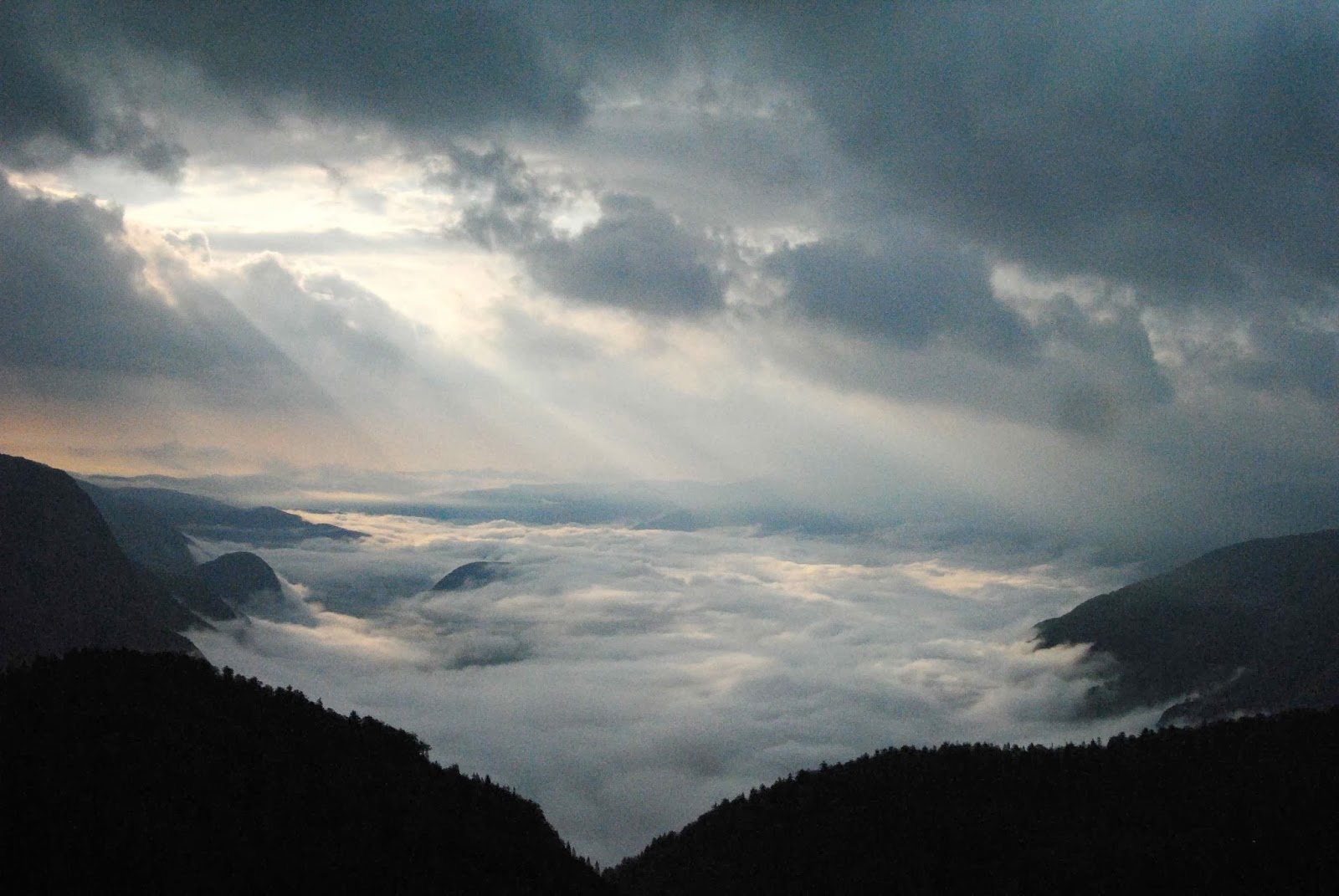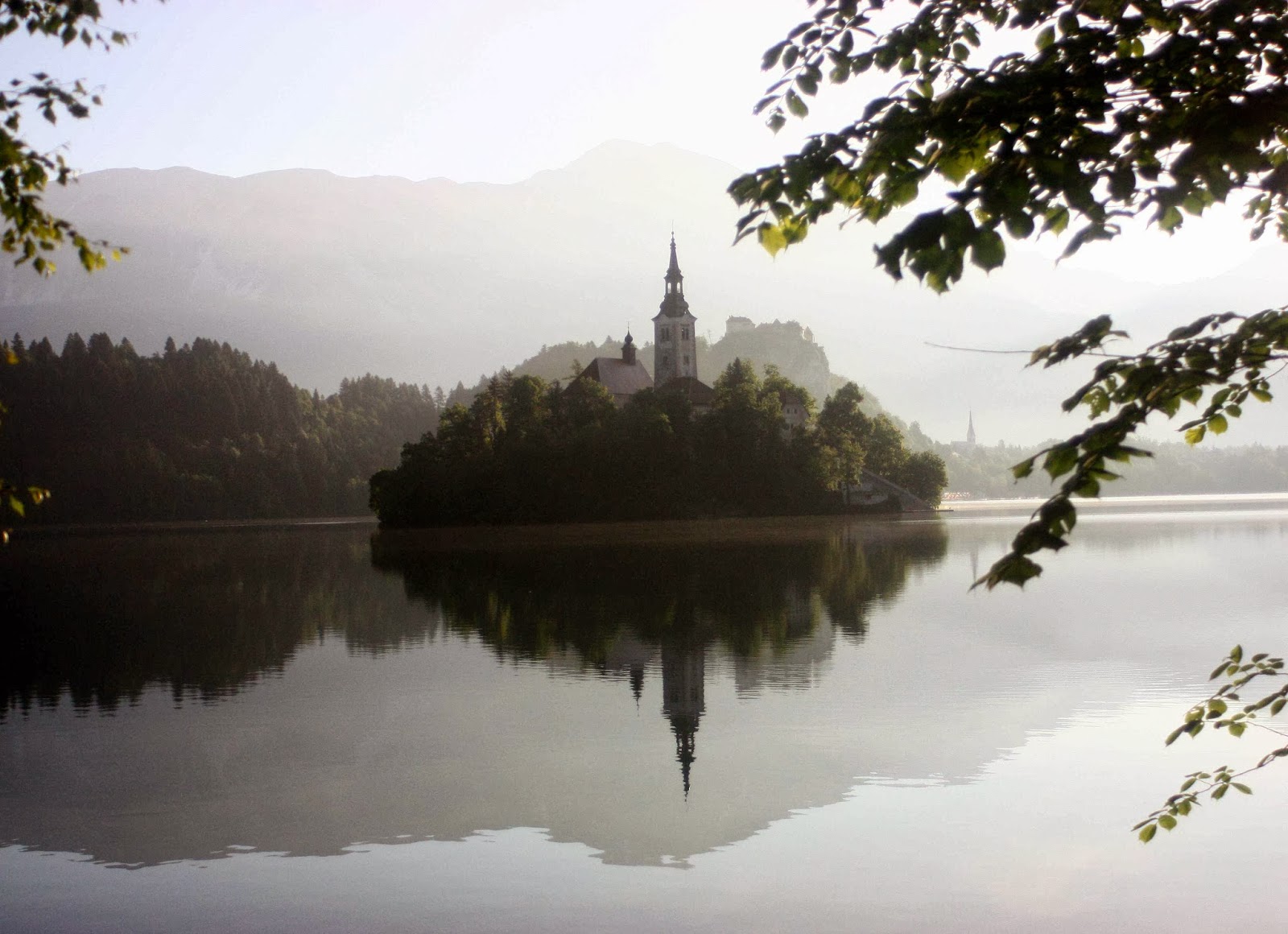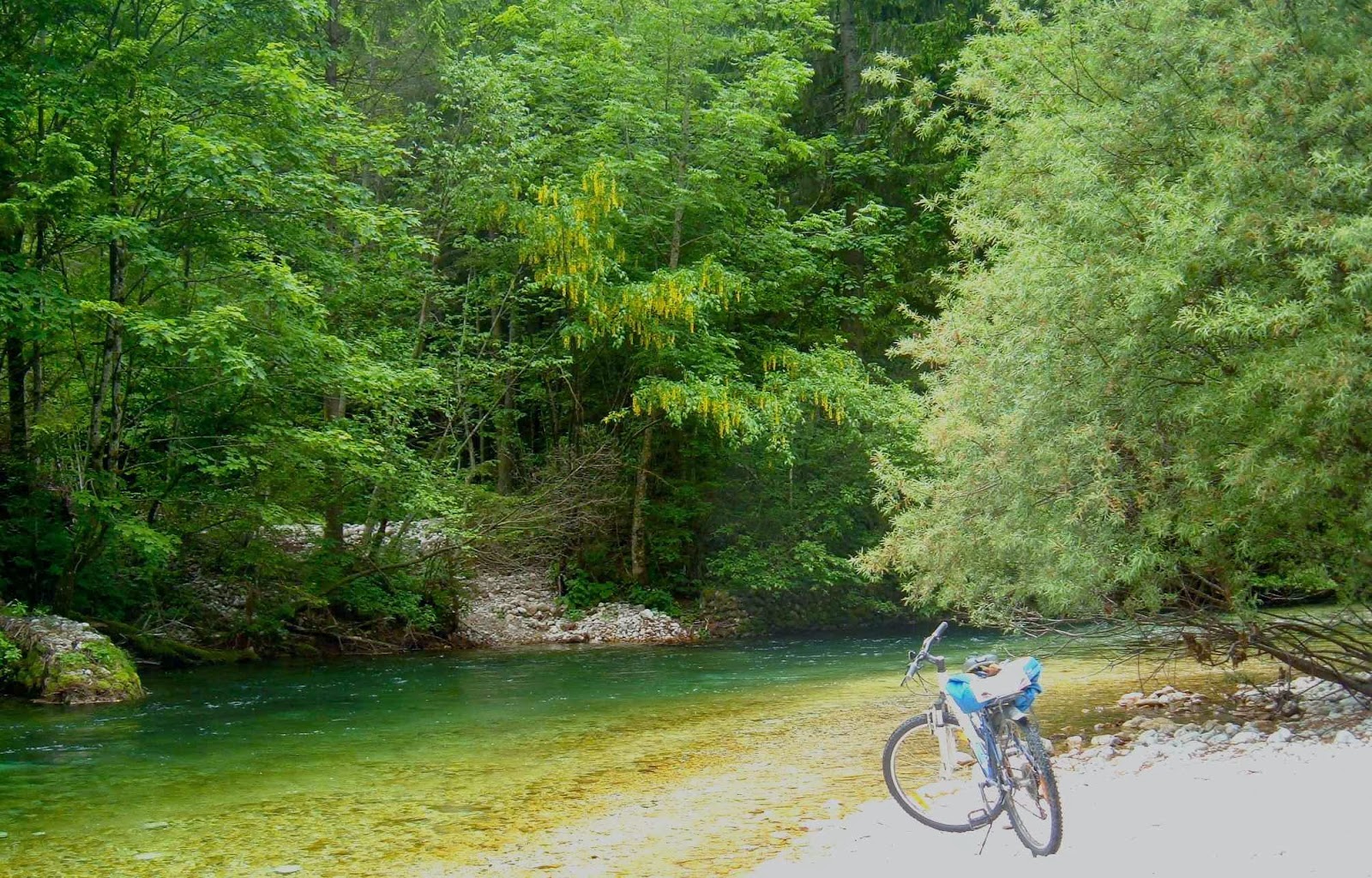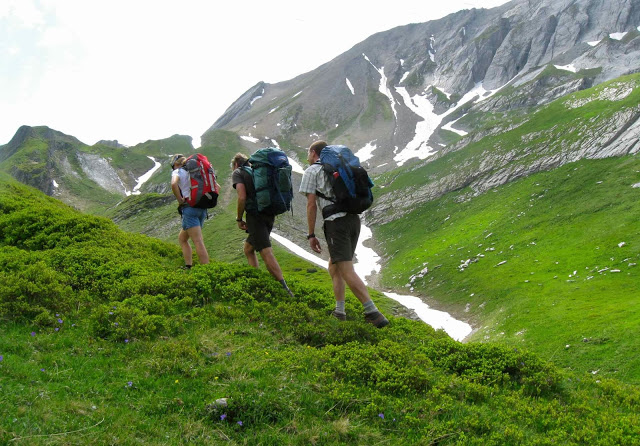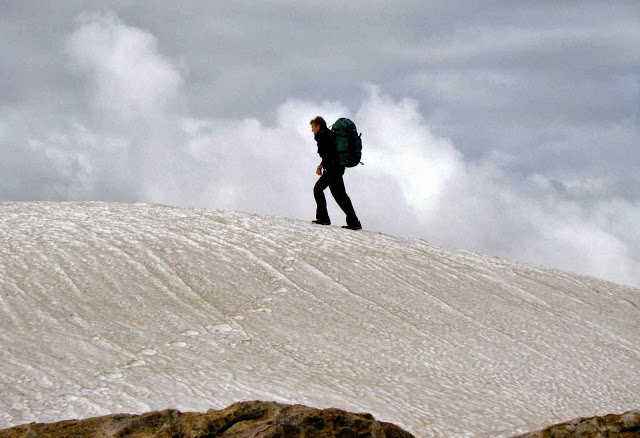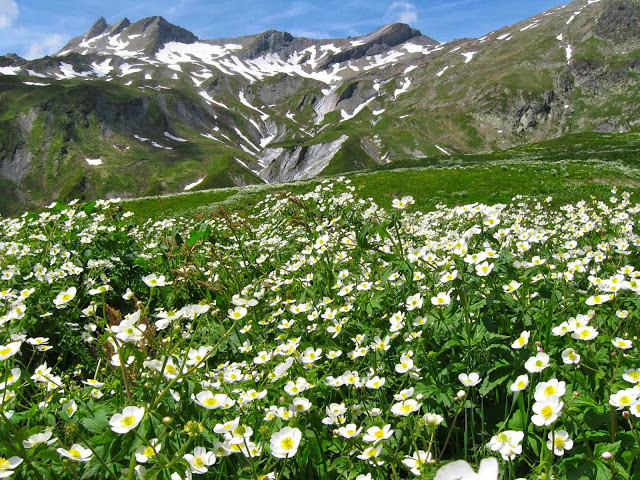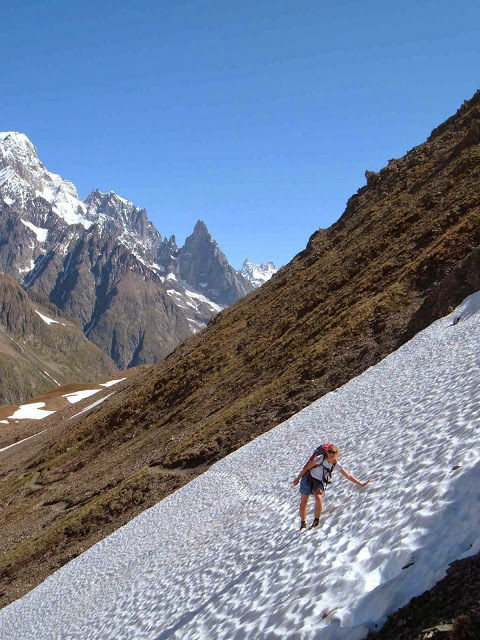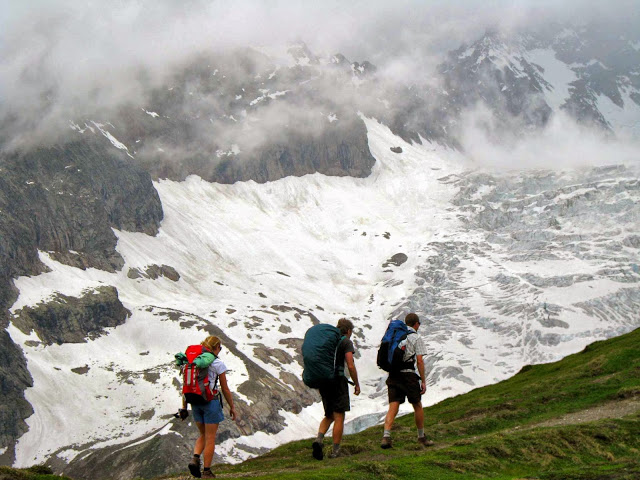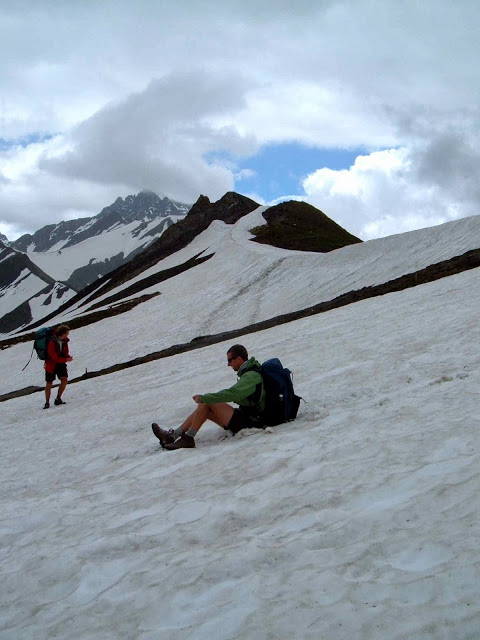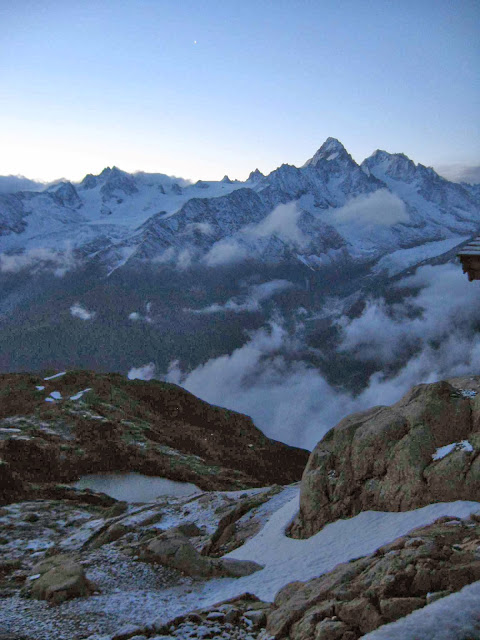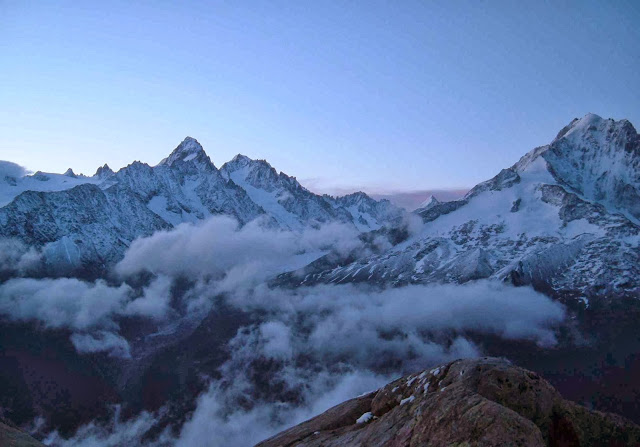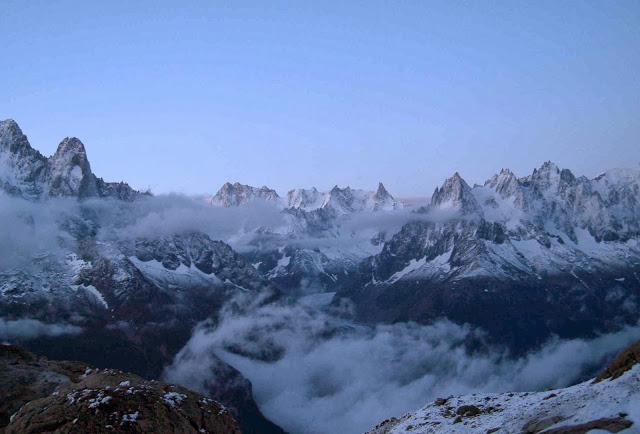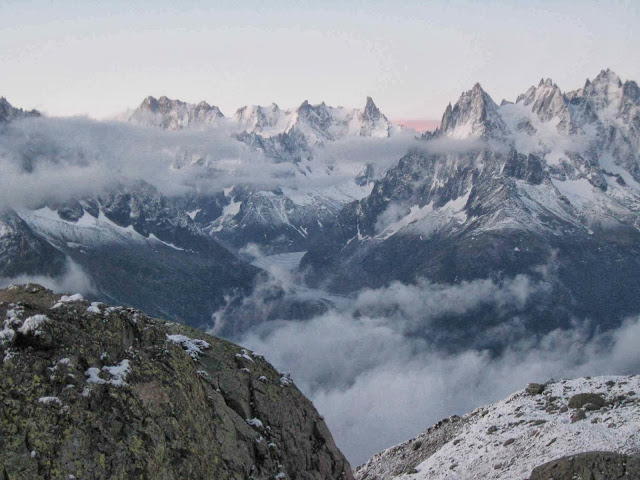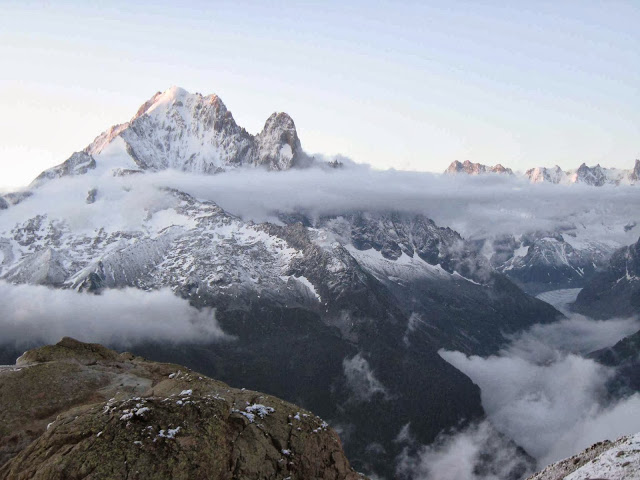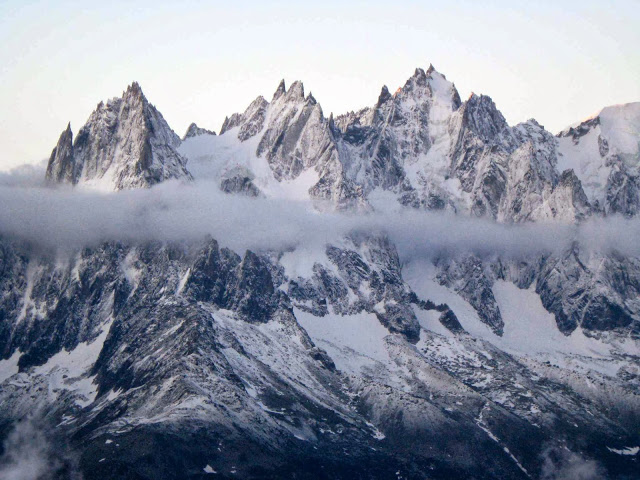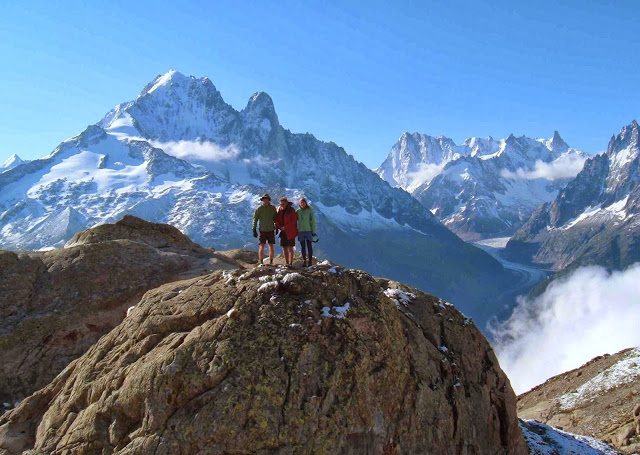Slovenia. Via Alpina 23 May – 2 June 2010
Trieste, our beginning. An excited me explored the silent city before dawn.
This is a glorious route my husband and I, together with our daughter and her husband, followed from the Mediterranean coast in Italy (Trieste), east into Slovenia, and then north to near the border of Austria.
It wasn’t as if the Via Alpina was a “dream come true”: I had never heard of it before my daughter suggested we do it, but it sounded like a good route when I did my web and book research. Maps were impossible to get from here, but Kirsten said she could get a few in England where they were living, and that we’d buy the rest in Trieste or along the way.
Despite many champion orienteers and rogainers in our group, directions constantly eluded us on the first few days. We were not alone in this problem.
That was a great plan, but on arriving in Trieste, we discovered that Italian shops only rarely opened, as it was a Saturday, or a Sunday, or a strike day, or a Saint’s day. So, we departed almost mapless (having also not been able to get from the airport into town for the same reason the day before … and we would encounter the same problem at the end when trying to return to get our bag of left gear). We nearly left foodless, but managed to find a panificio that made up for absolutely everything by the wonder of its wares. Weighed down with far too much because we could resist far too little, off we set into the mountains to the east of Trieste. Farewell Mediterranean.
Matavun world heritage caves – wonderful!
Near Idrija (where there is a YHA)
We climbed quite a lot and thus earned the feast that we flamboyantly spread out on a table in the forest at lunchtime. Delizioso. Now the packs were much lighter!
Also near Idrija
As I researched before I left home,, I had read a few references to caves on the first night after one had crossed into Slovenia, at Matavun, but didn’t think much about it. Caves don’t necessarily turn me on. We arrived at the town of the caves hot and bothered and almost without accommodation. The only place that offered beds in the place on the map (which could not be called ‘town’) had an owner who was hiding from the neighbours and kind of from us, until he found out that we were walking the Via Alpina, when he made us more than welcome, and even invited us to a party at his place that night as we would get no other food. Not only was the dinner wonderful, but we had fun at dessert time passing a huge bowl of chocolate mousse around the circle; the deal was you took a spoonful (own spoon) and passed it on until it was all eaten. Sometimes conviviality fails Aussie health and risk assessment standards, but we’ll opt for bonhomie any time. We had a blast.
Near koča na Ermanovcu
Slovenia, like Tassie, has a large percentage of beautiful forest.
Because it had been so hot, we had headed straight down to the river on the map the evening before, with swimming and only swimming on our minds. The river was magnificent and the deciduous forest a wonderful lush green. Over dinner the caves had yet again scored a mention, so we agreed to check them out in the morning. They’re World Heritage caves, and for a good reason and they wowed us!! (So did the lunch afterwards. It seemed like this was going to be a good trip for eating.) It was also a great trip for costs. So far, everything was a price that more than pleased, and that was to continue for the whole way.
Setting out from koča na Ermanovcu
Climbing higher
Still the map to reality relationship is confusing. On the way to Crna pest.
My pictures will try to hint at some of the other places of breathtaking beauty that we found. Despite all my web trawling, nothing prepared us for the amazing colour of the water (or the friendliness of the people we encountered). I guess I should also add that anyone we met walking the trail (= , to be honest, one other couple) had the same trouble we had trying to match the map with the ground with the couple of odd markers that we found. This was not a track where you could pop the brain in the back pocket and have everything come to you. The first couple of days were the worst.
Same.
Magnificent forest the whole way (when we weren’t above the tree line). Climbing to Dom na Komni.
From just outside our refuge at Dom na Komni
Any time we found someone to ask their help, the person abandoned all other tasks and devoted themselves to getting us back on track. We, and the French couple we met, were even given lifts to places we were seeking as it was easier to drive us than to explain. When we ran out of food at Petrovo Brdo, the guardian got his brother to shop for us and run the stuff up to his hut.
Black lake, which wasn’t black at all.
Nearing Triglauf, the highest mountain.
Our route was supposed to take us up the west of Slovenia along the standard trail, to the west of the highest mountain of Slovenia (Triglauf, which I had every intention of climbing) and on into Austria. However, an overabundance of snow and the closure of all huts in the northernmost section, together with the fact that my husband needed a dentist meant that we went as far as Triglauf but then doubled back through the snow and headed east through different mountains and then did the last bit to Bled by bus (where my husband was treated superbly by the hospital).
Bled
Radovna valley, where we both walked and cycled.
River tranquillity.
Bled was so magnificent, we hired bikes and explored more rivers and gorges and a different national park. We took an unconscionable number of photos, ate a fury, and did more walking and running and cycling. We thoroughly recommend the Via Alpina and its offshoots.
 Whinn Rigg
Whinn Rigg
